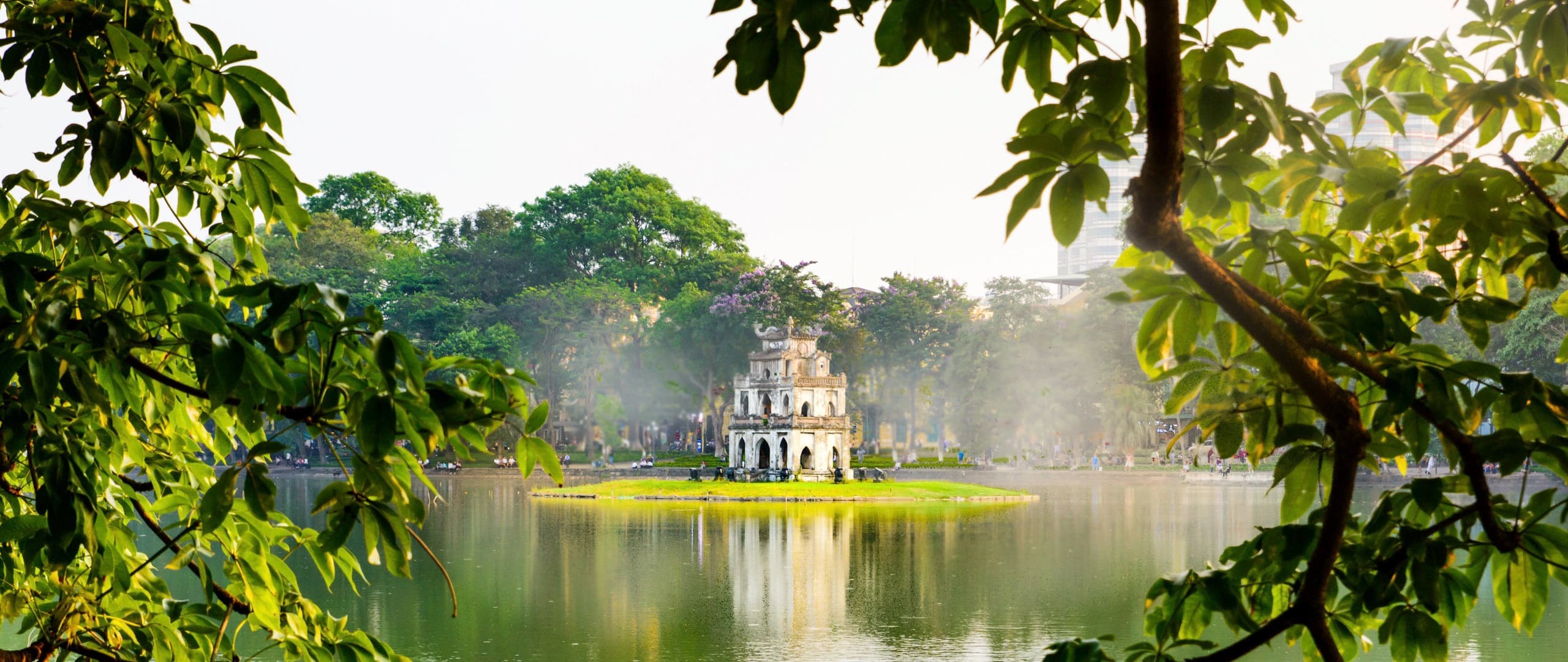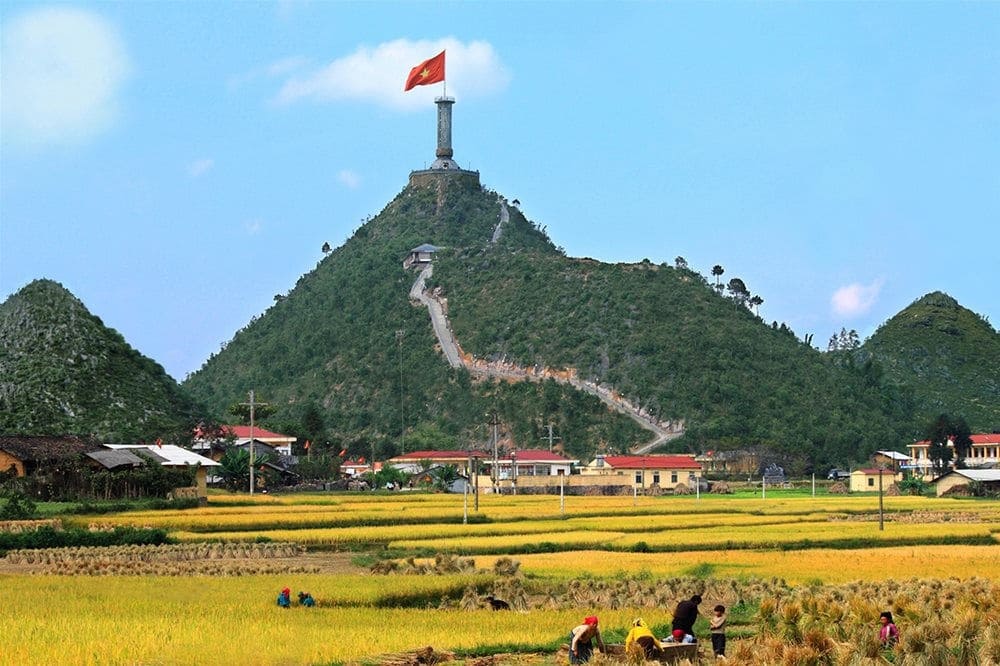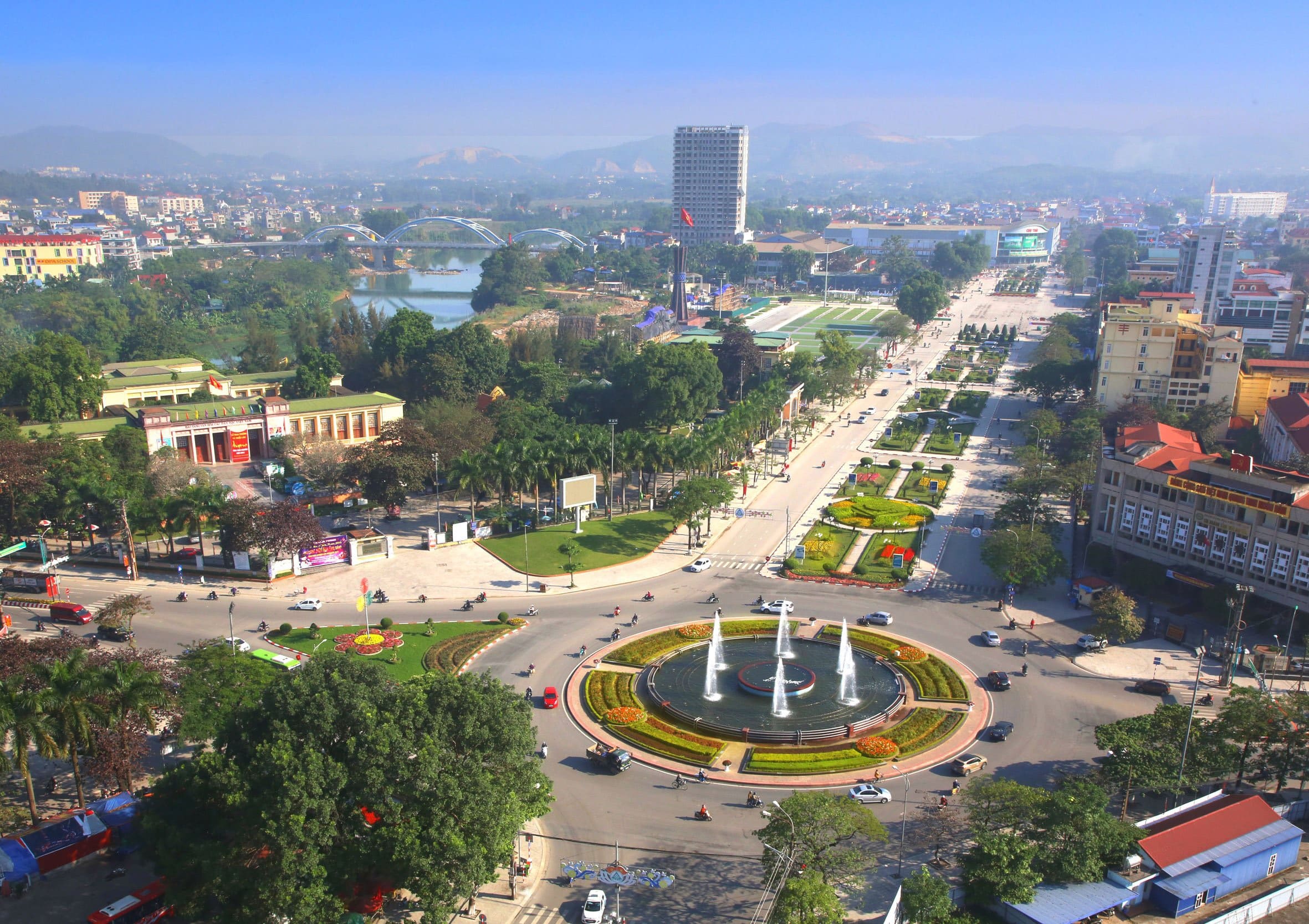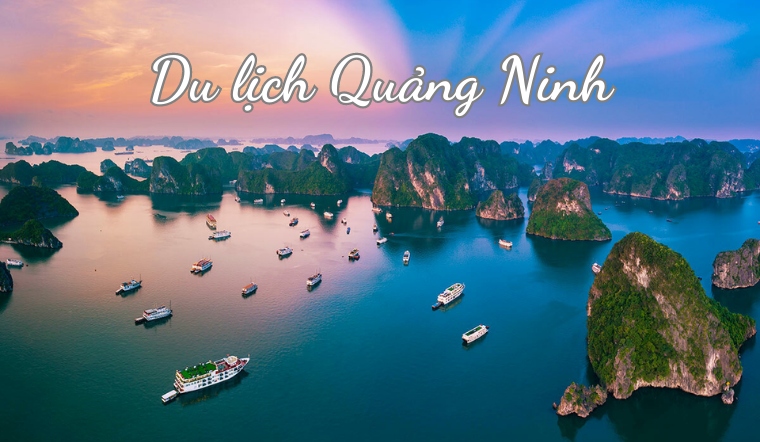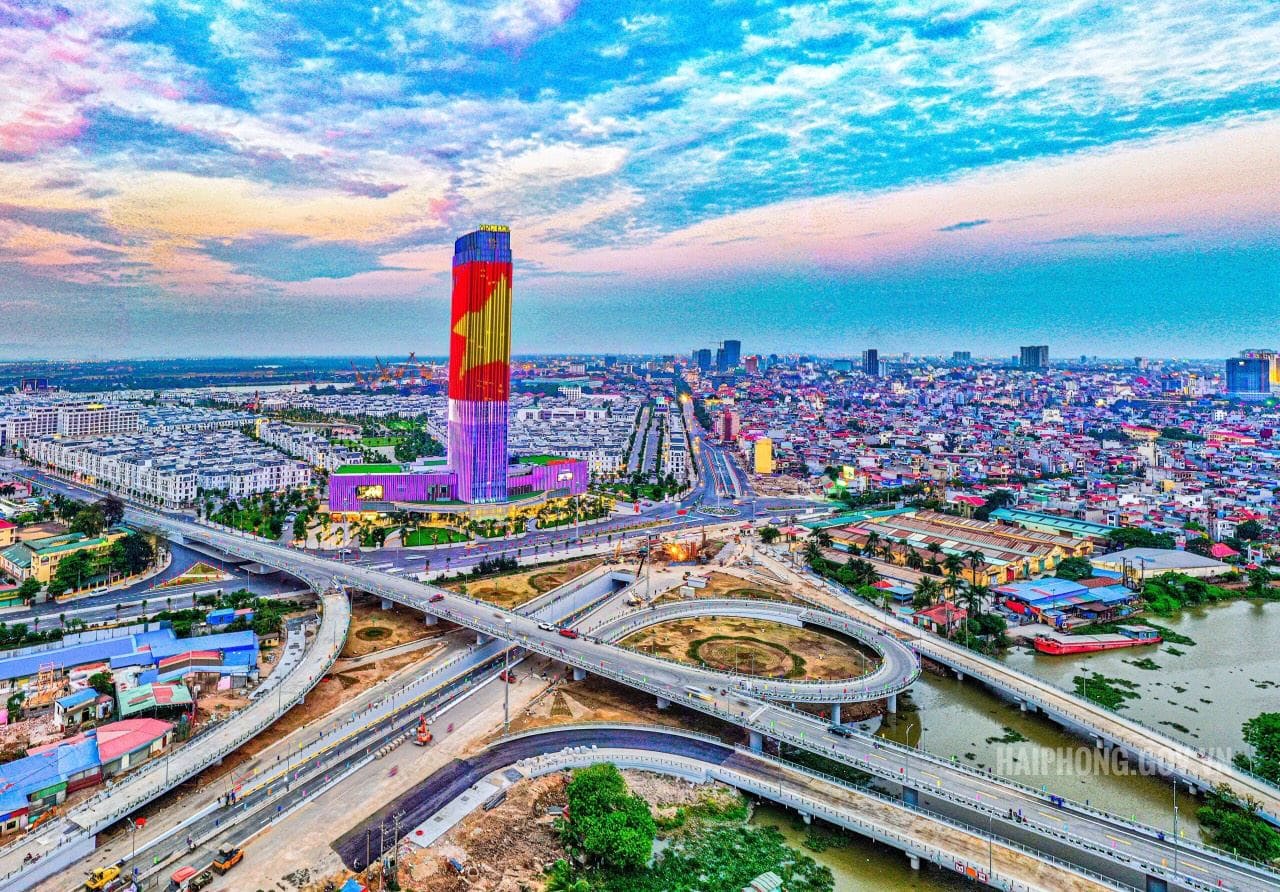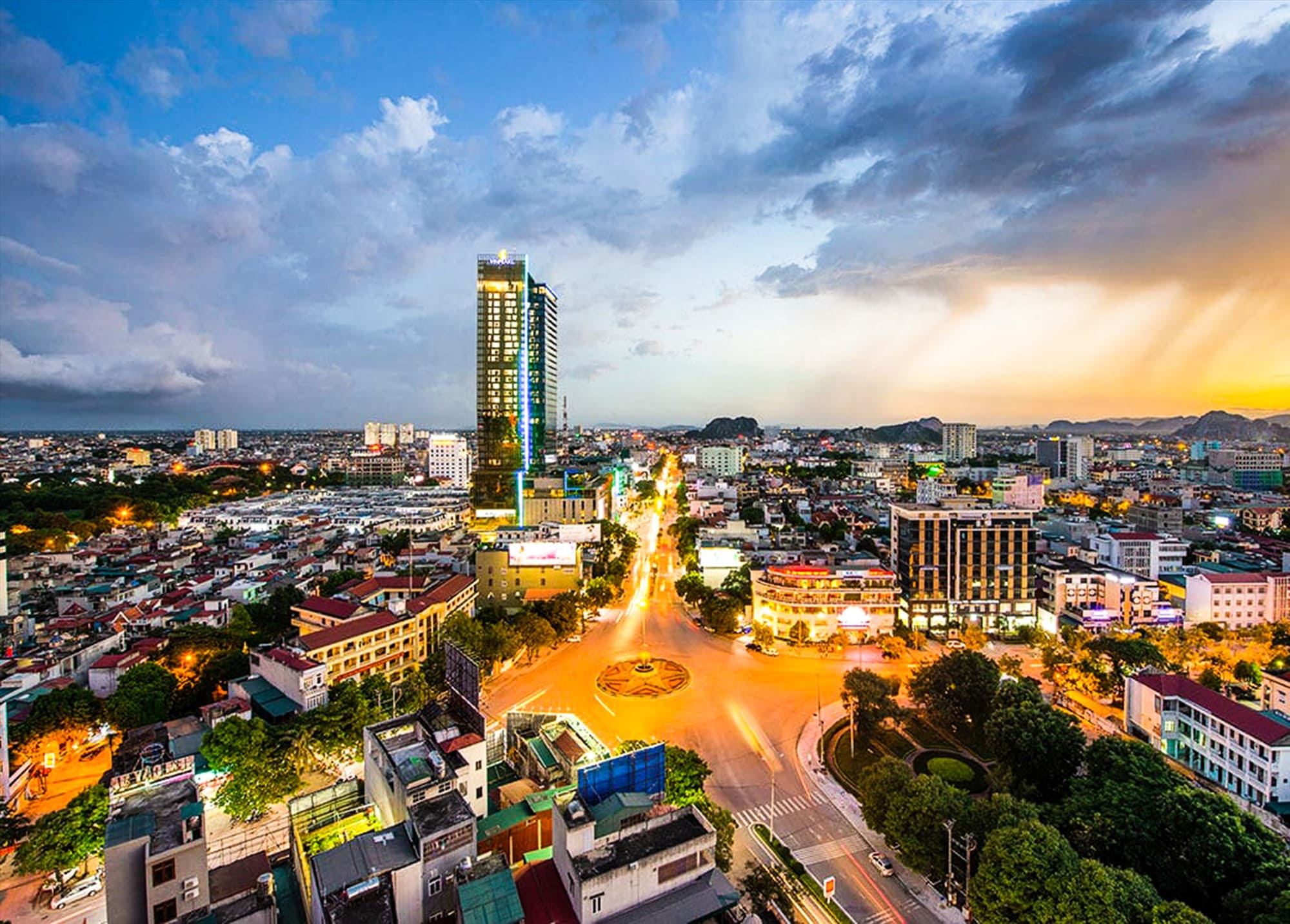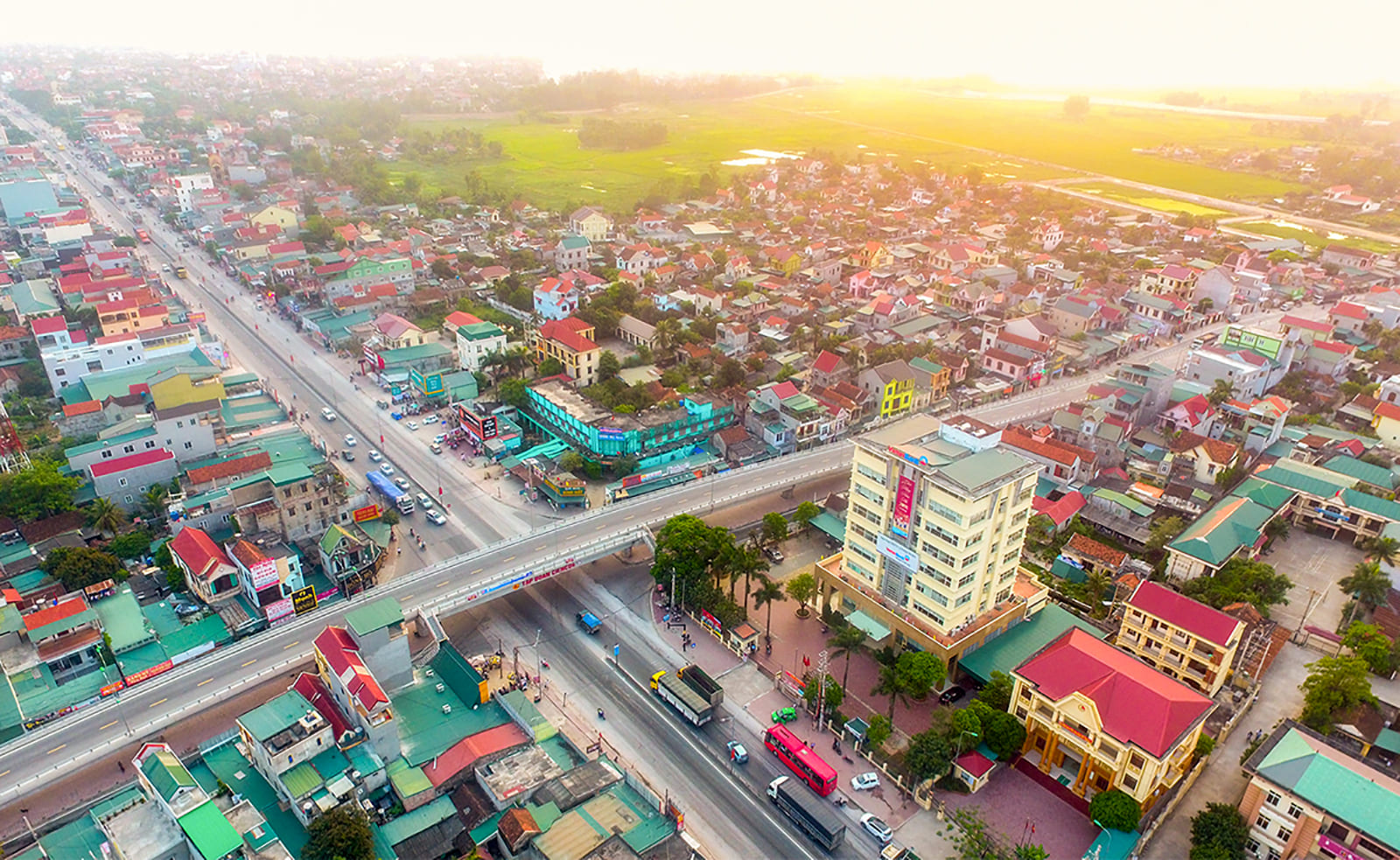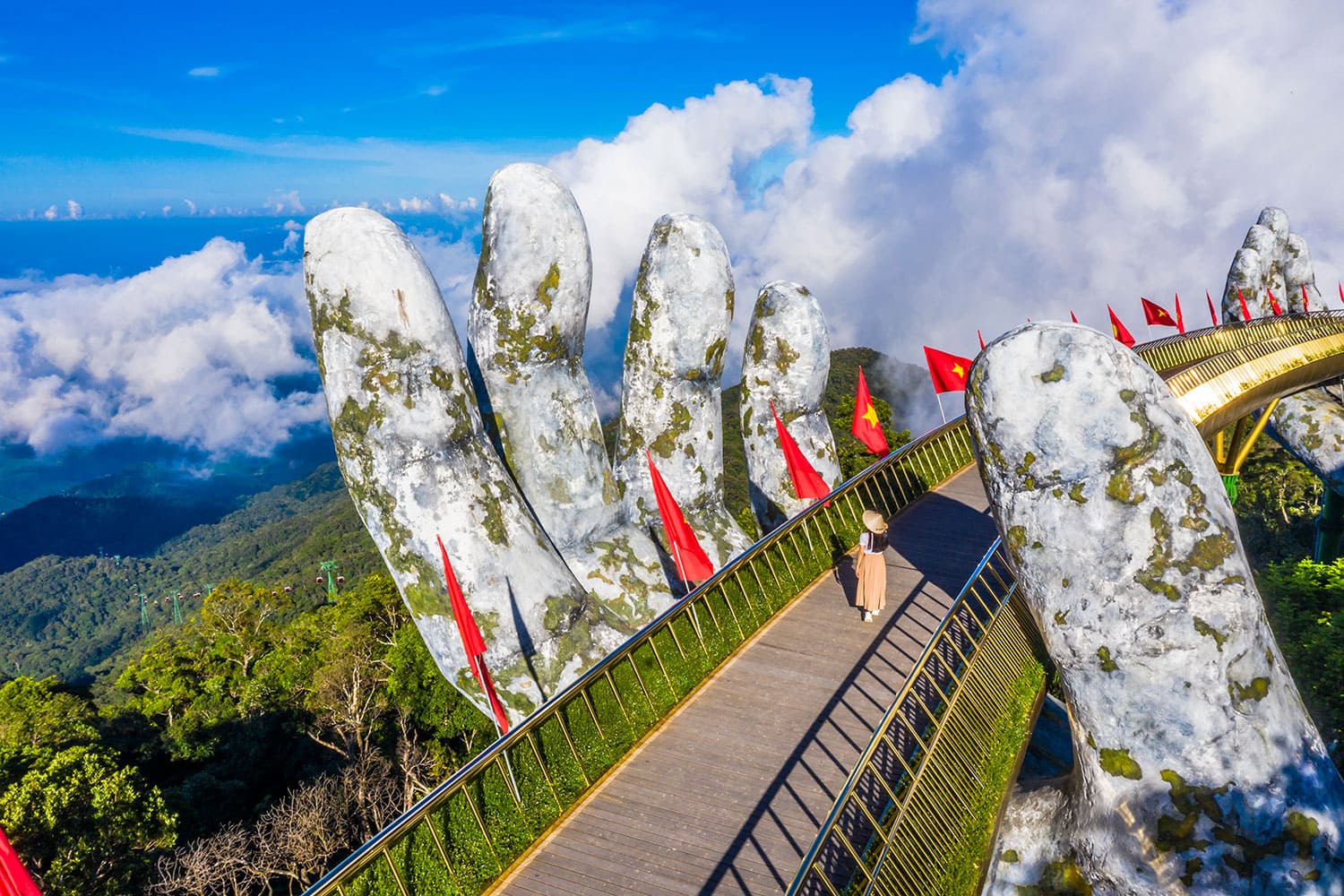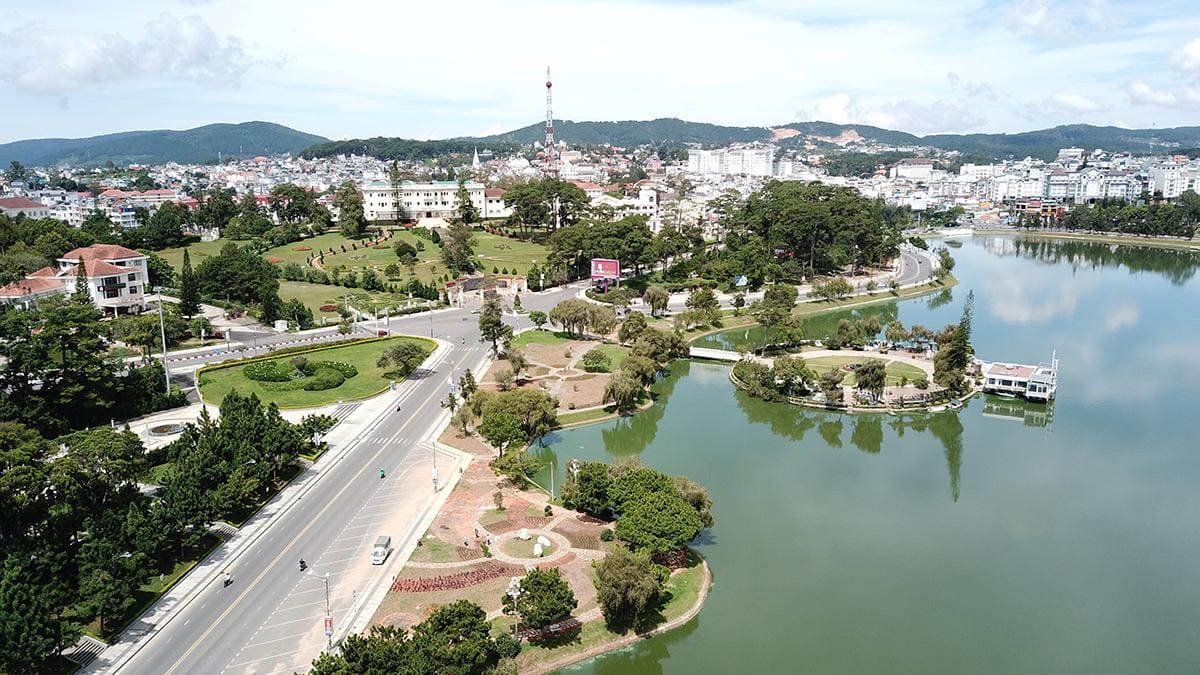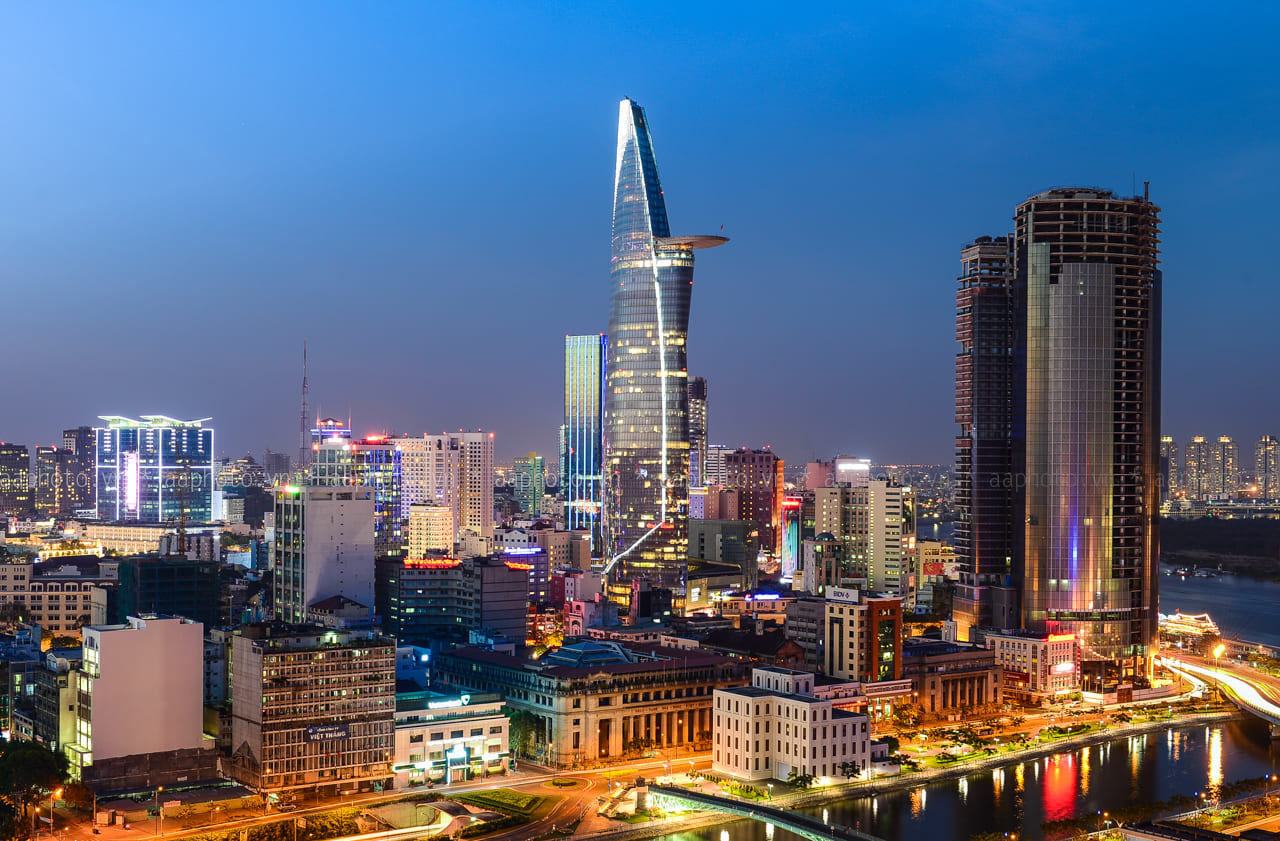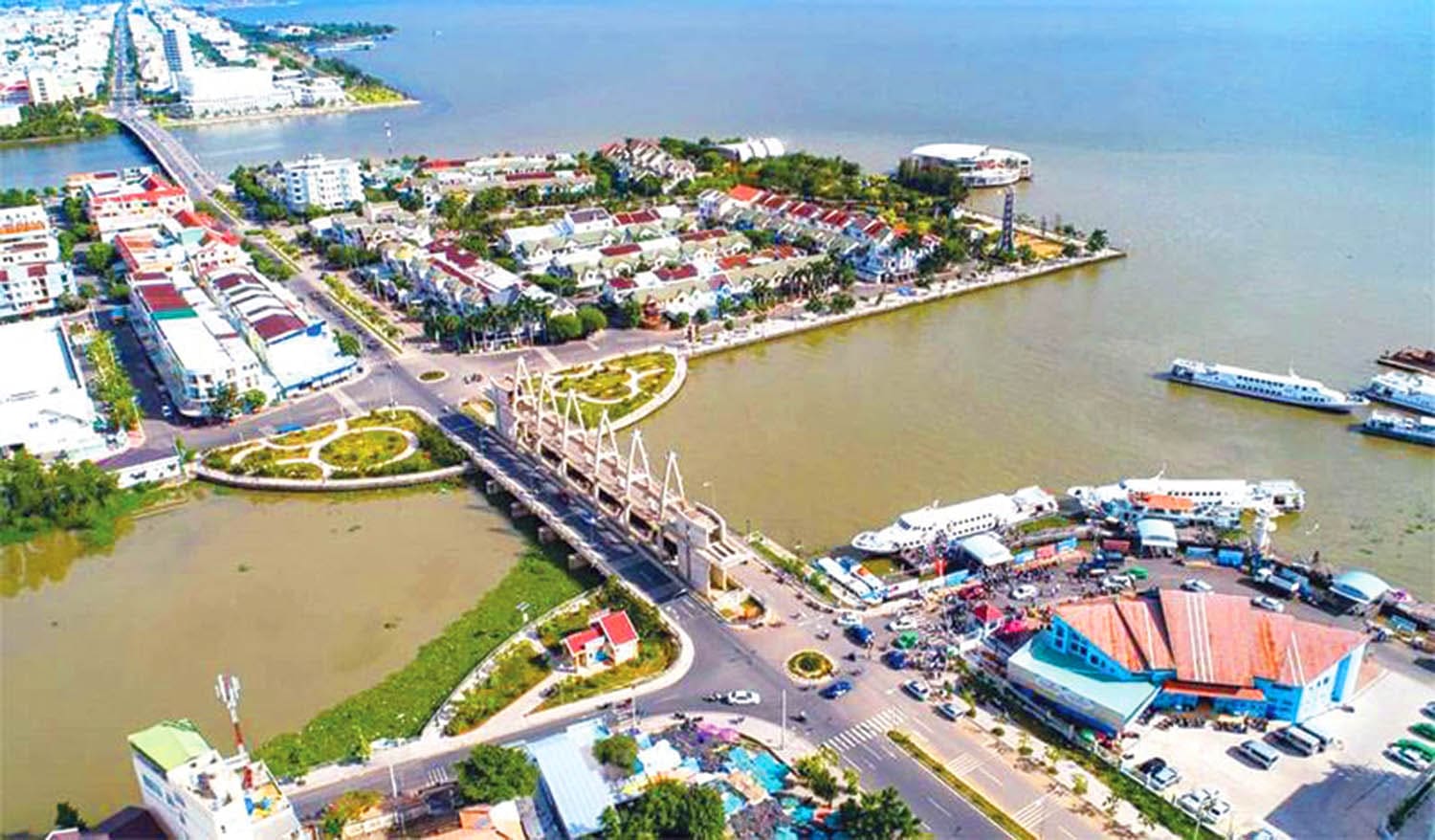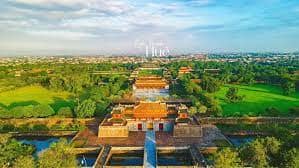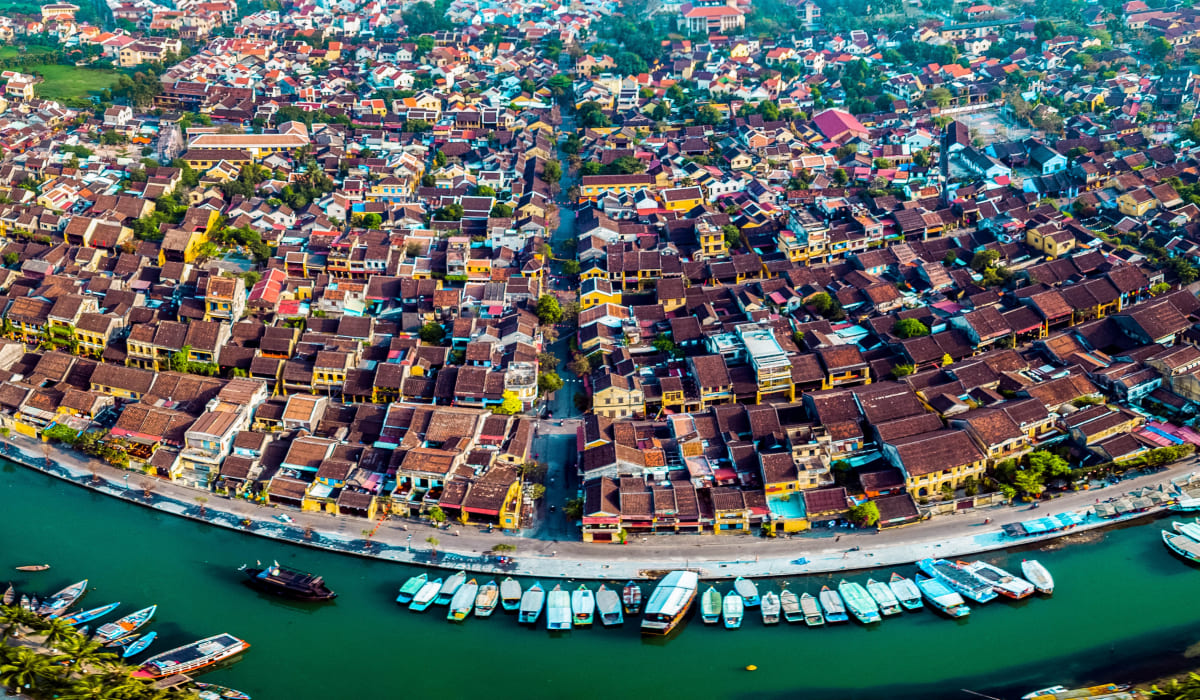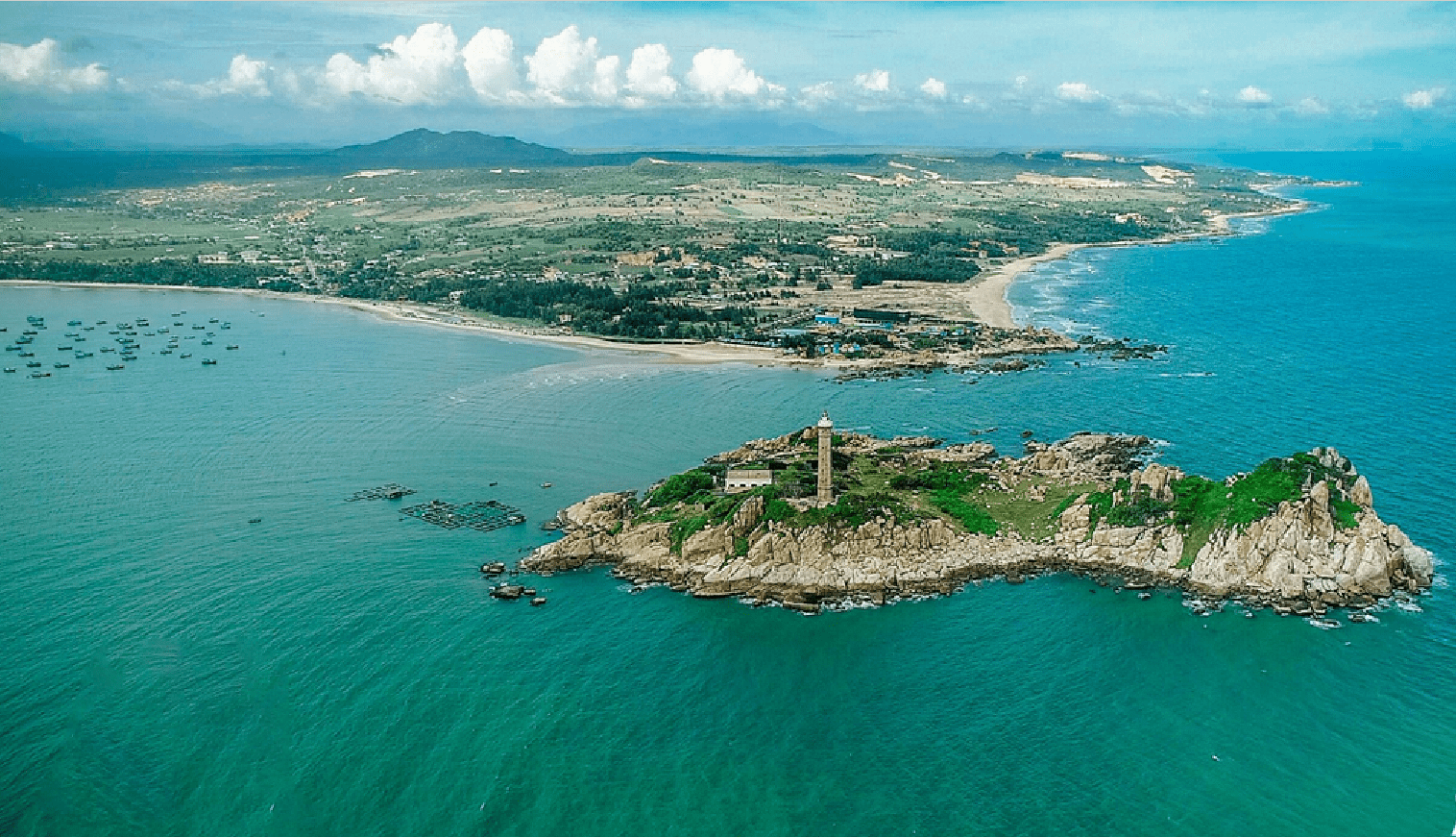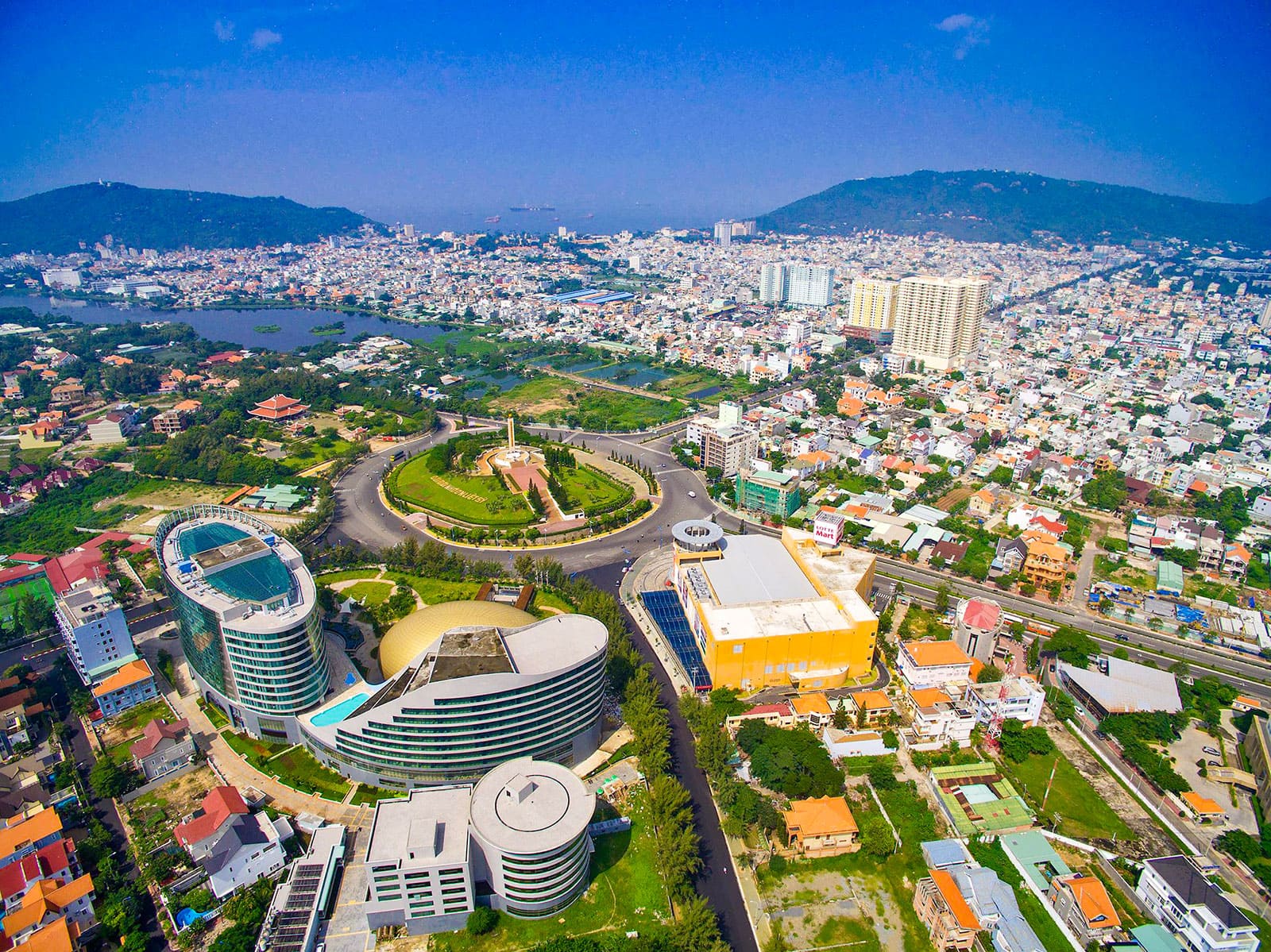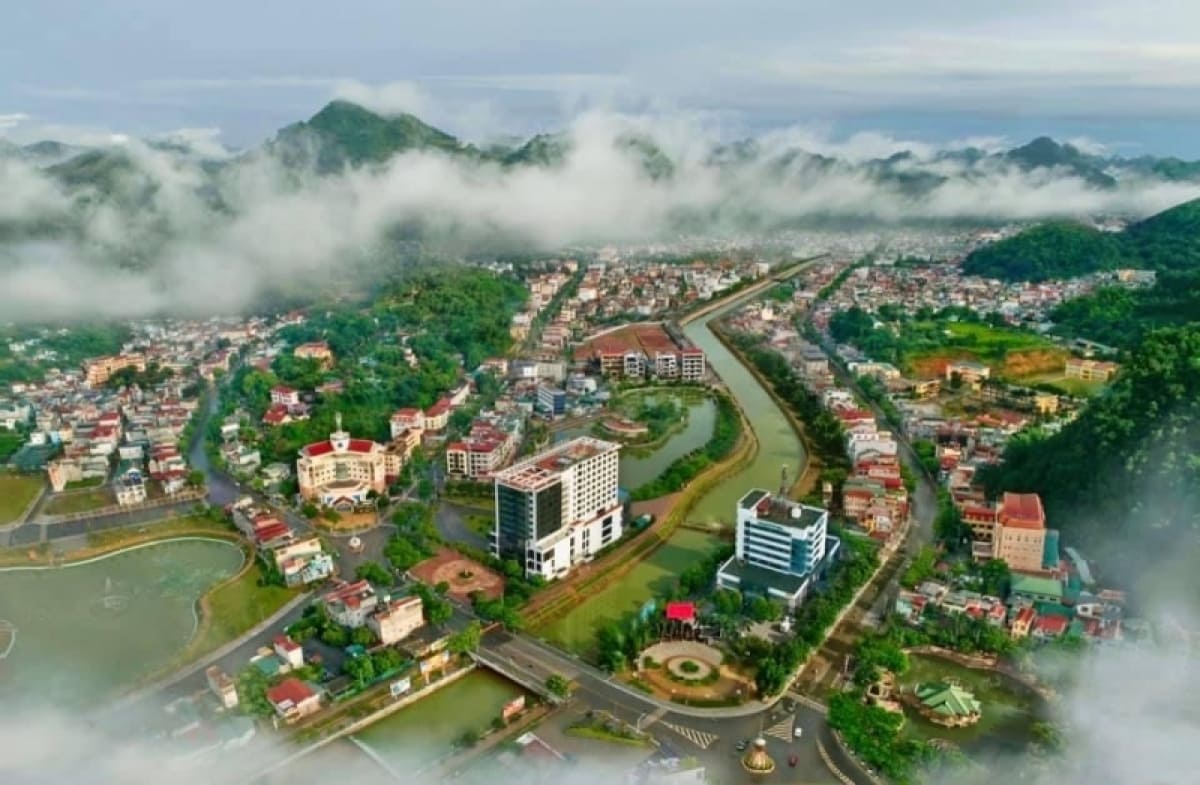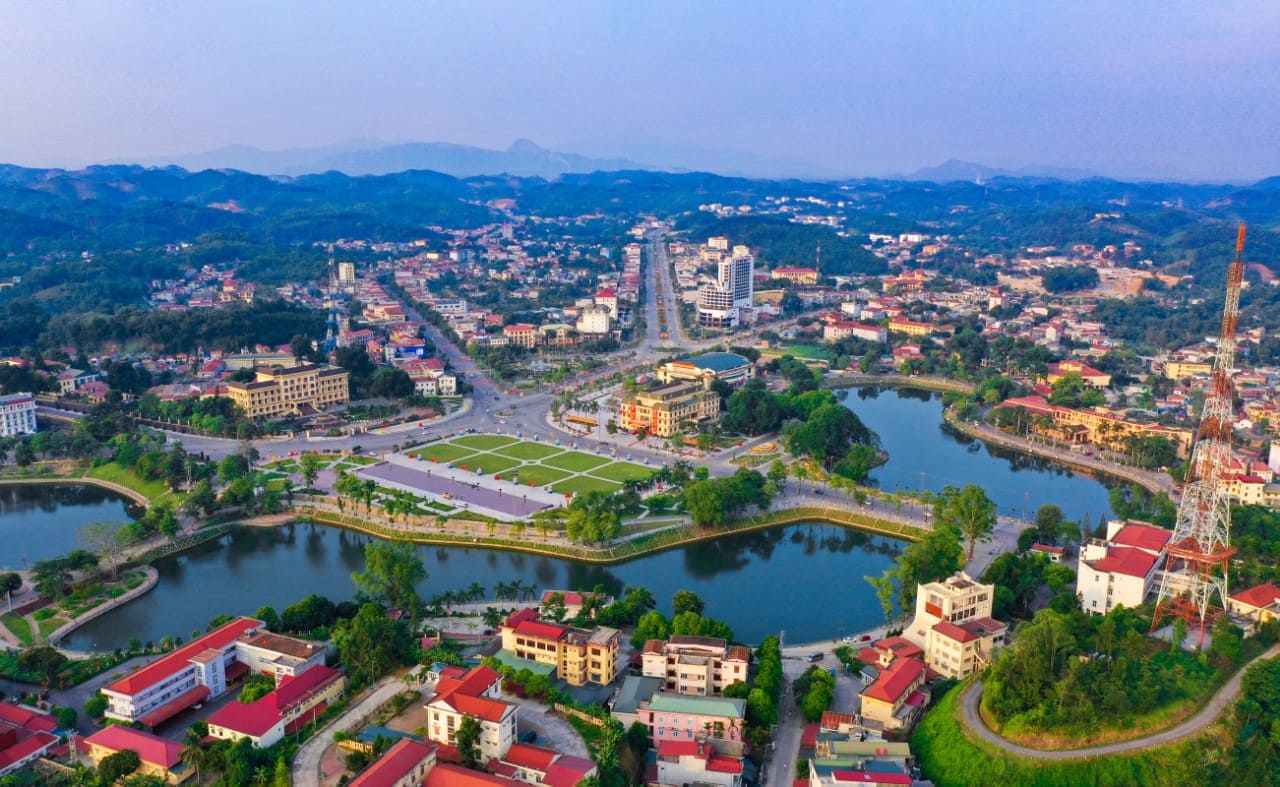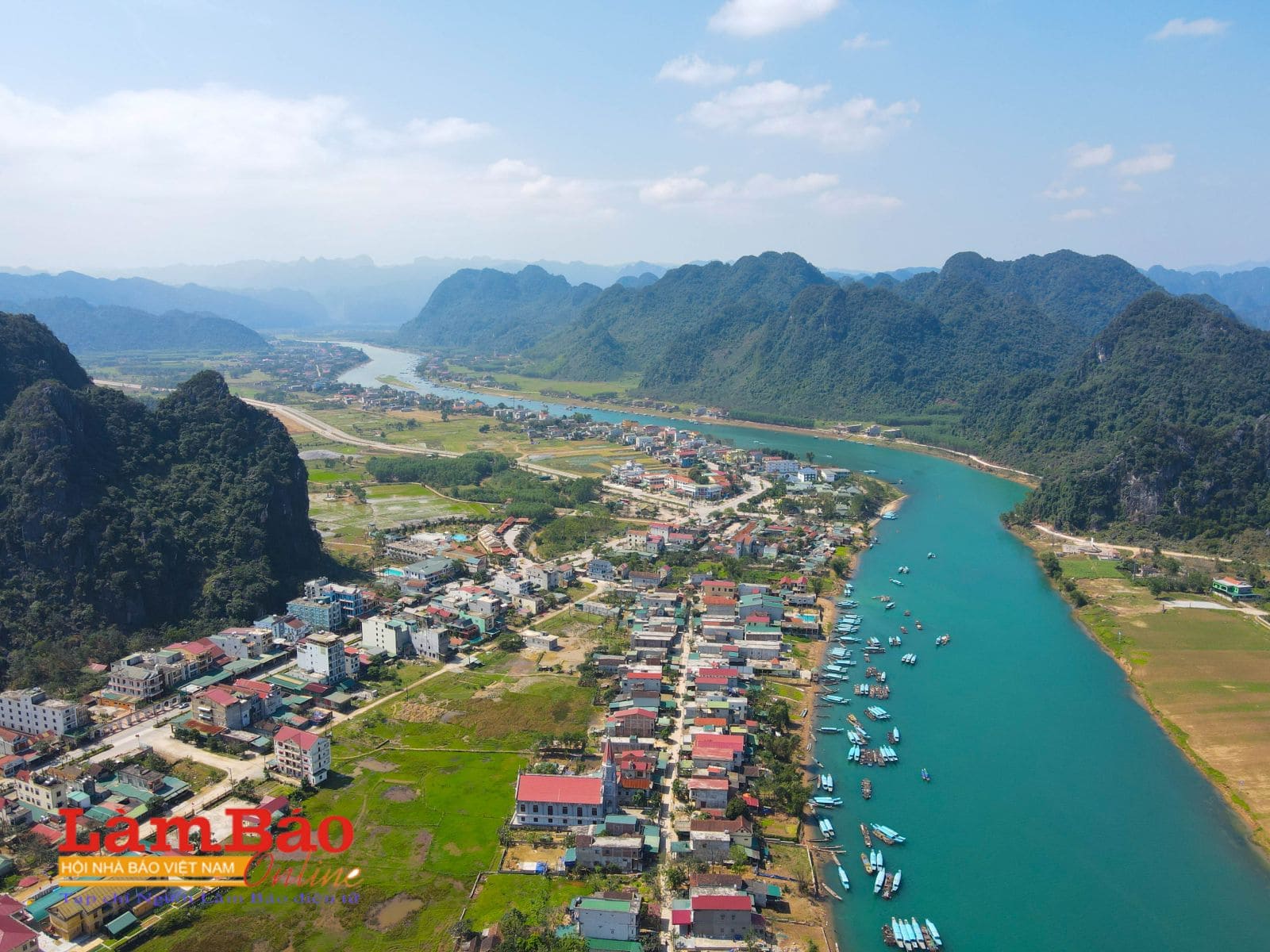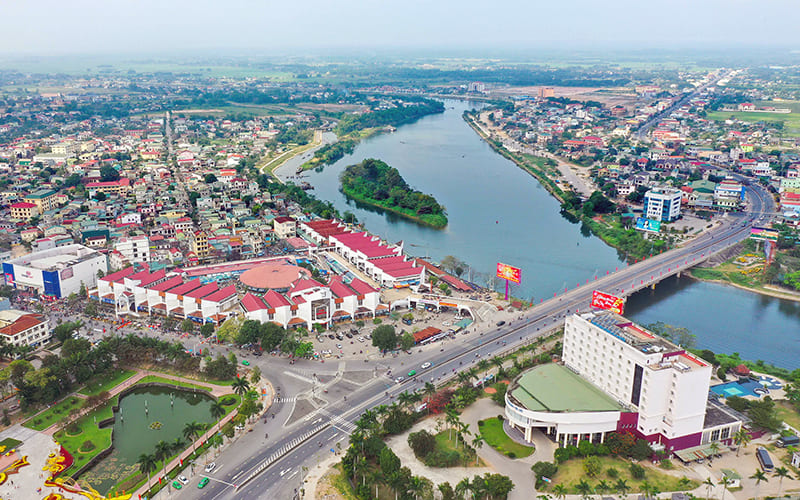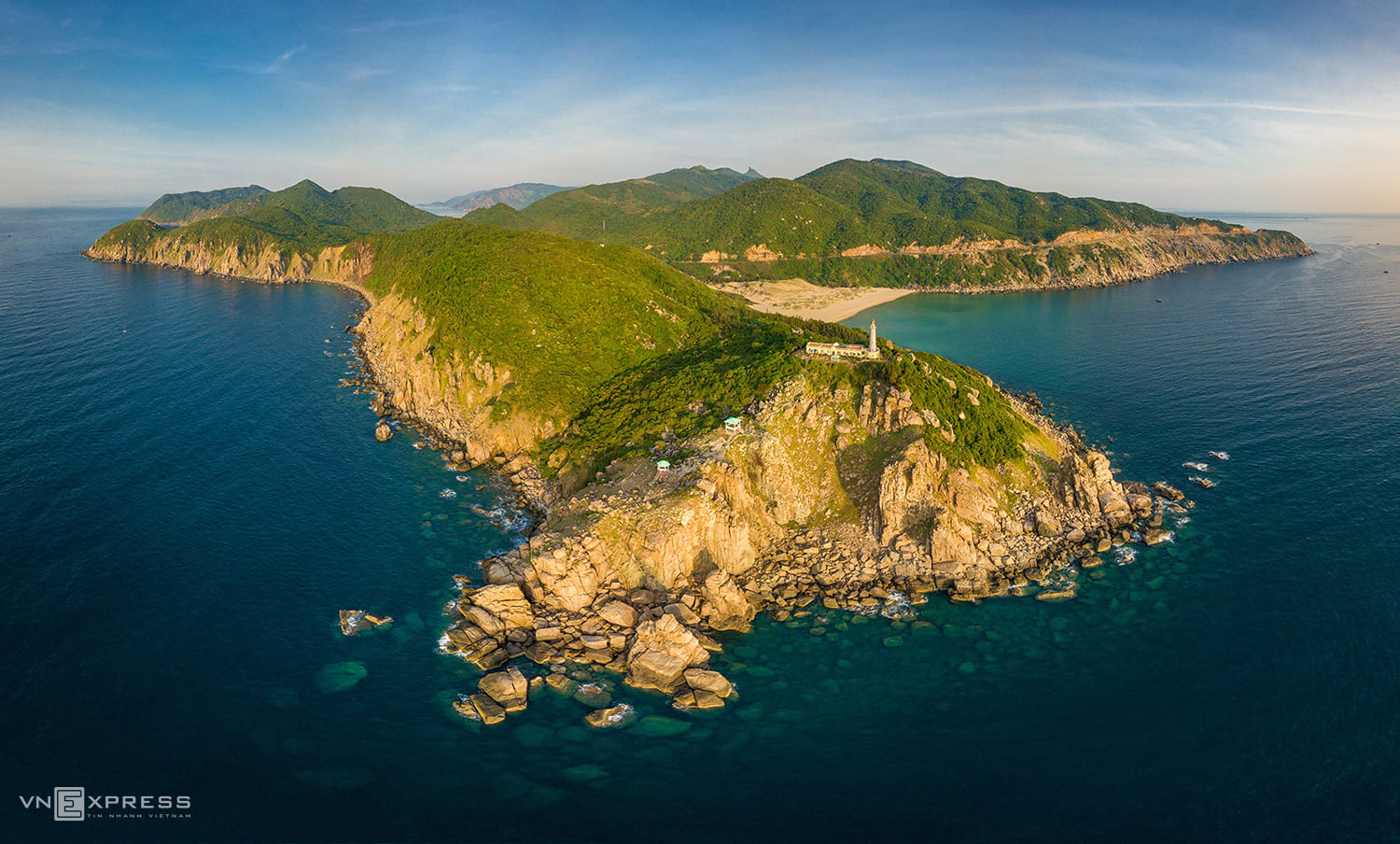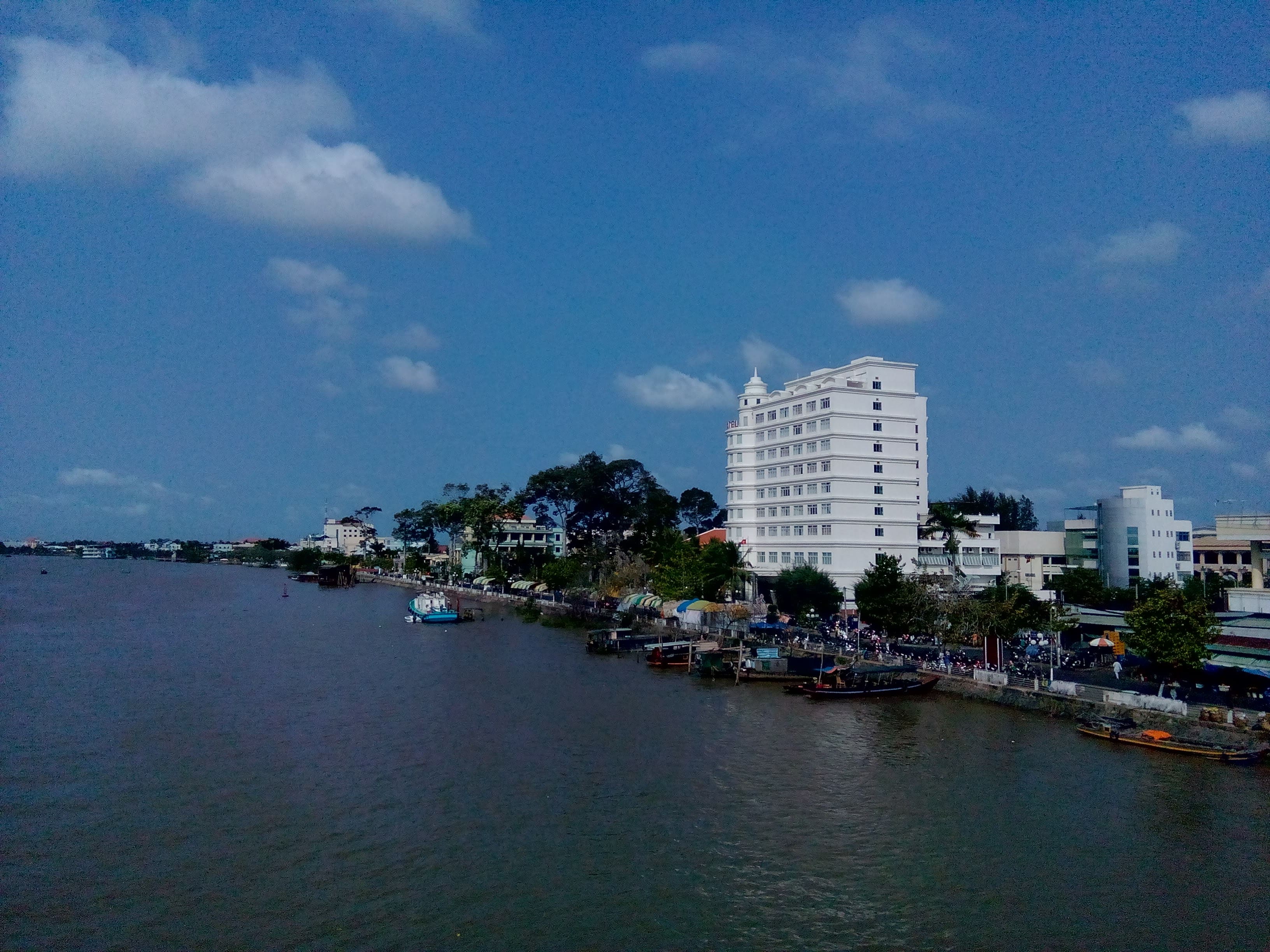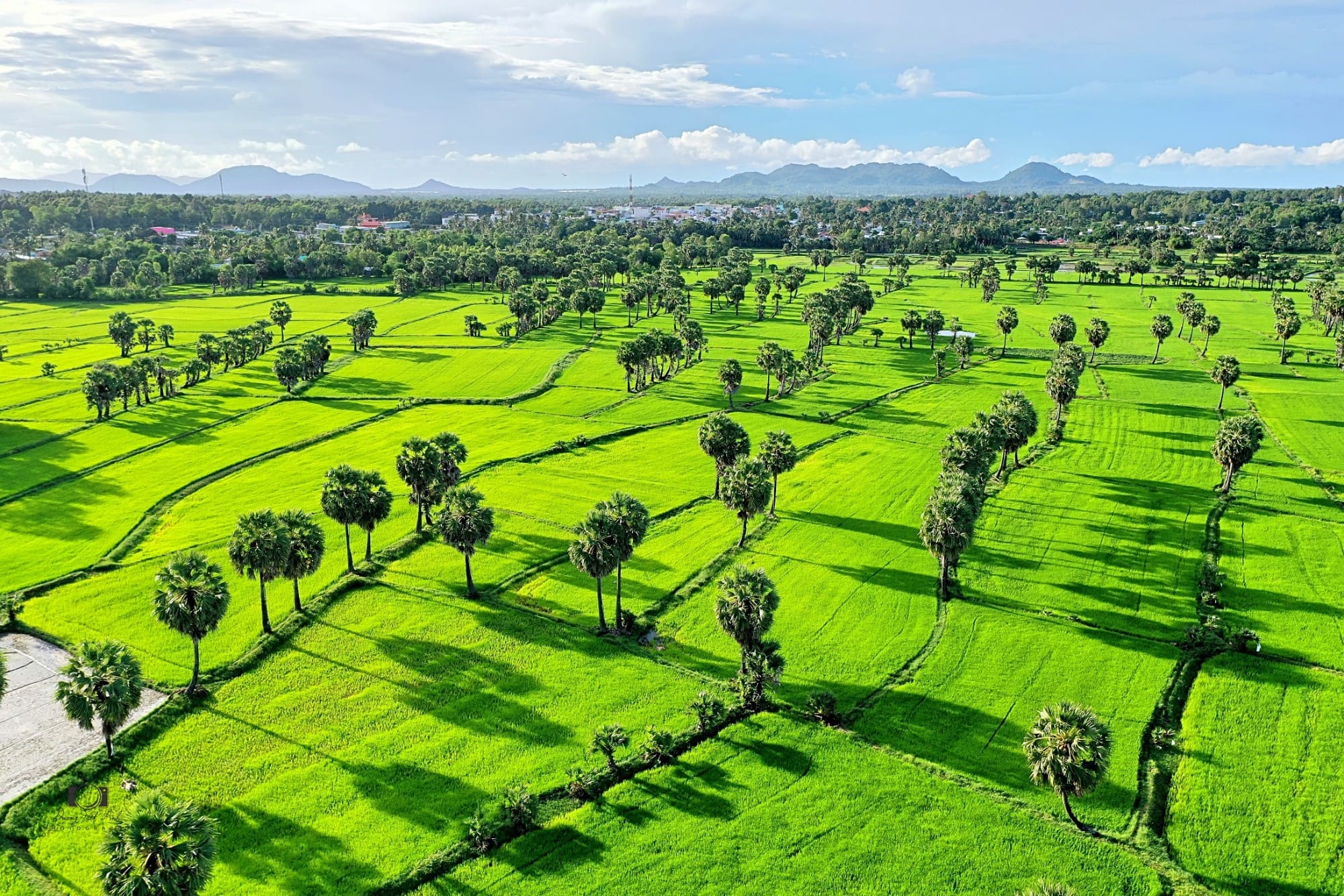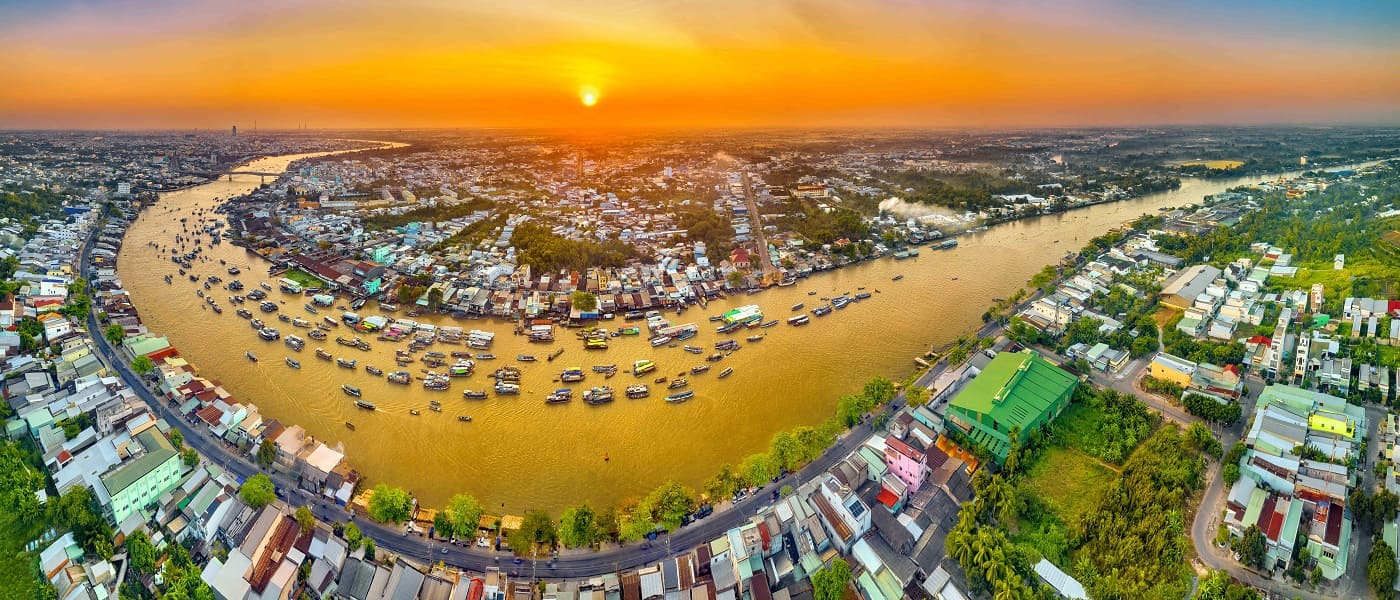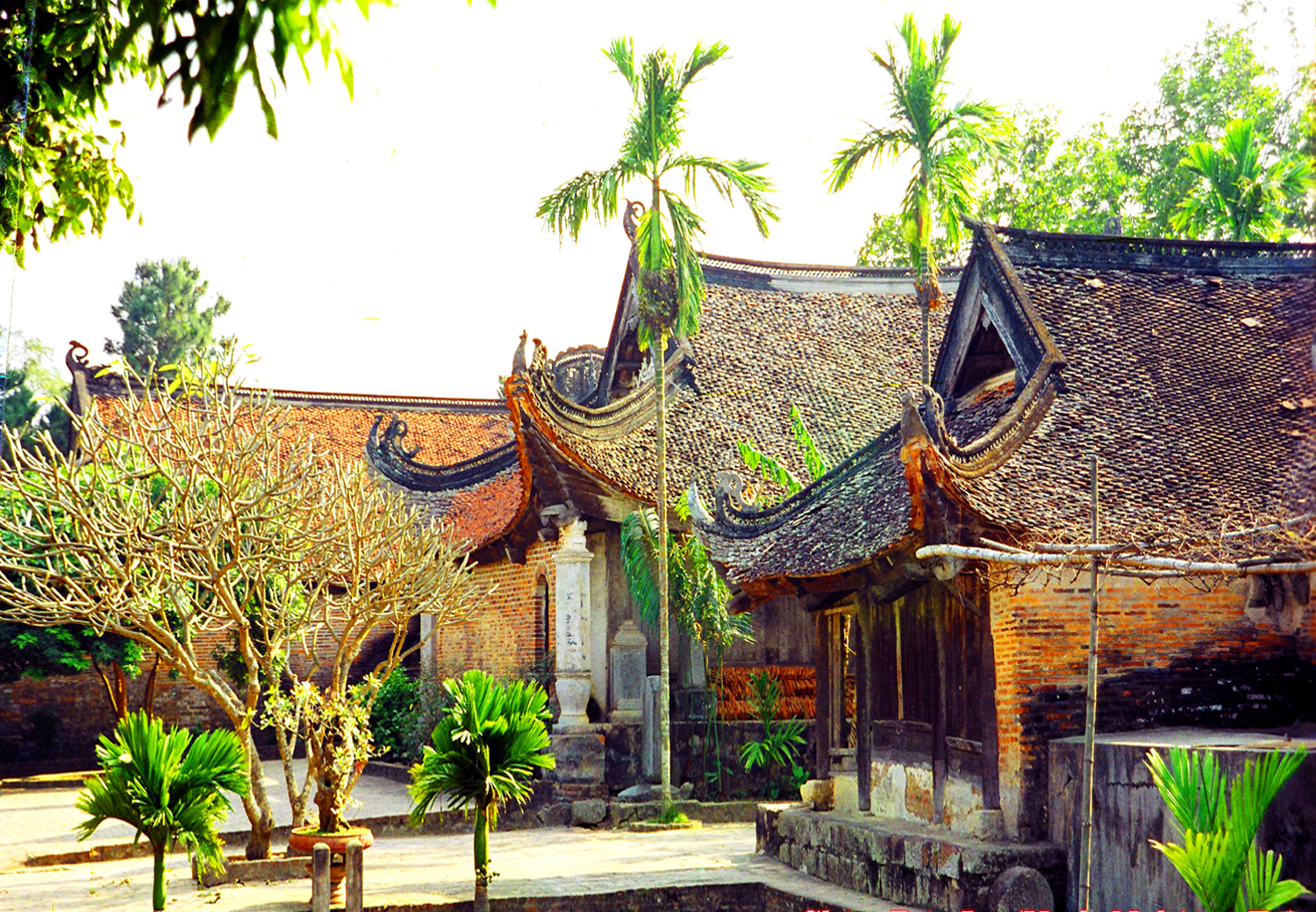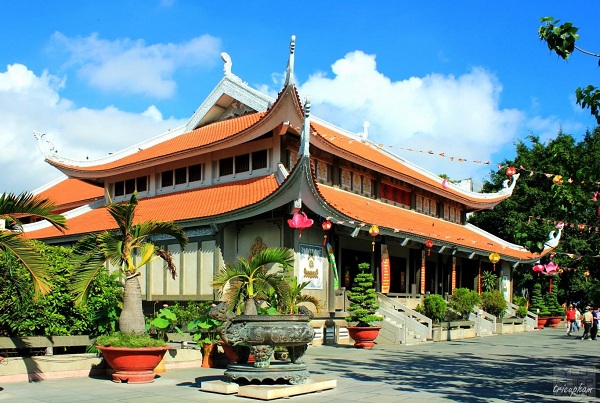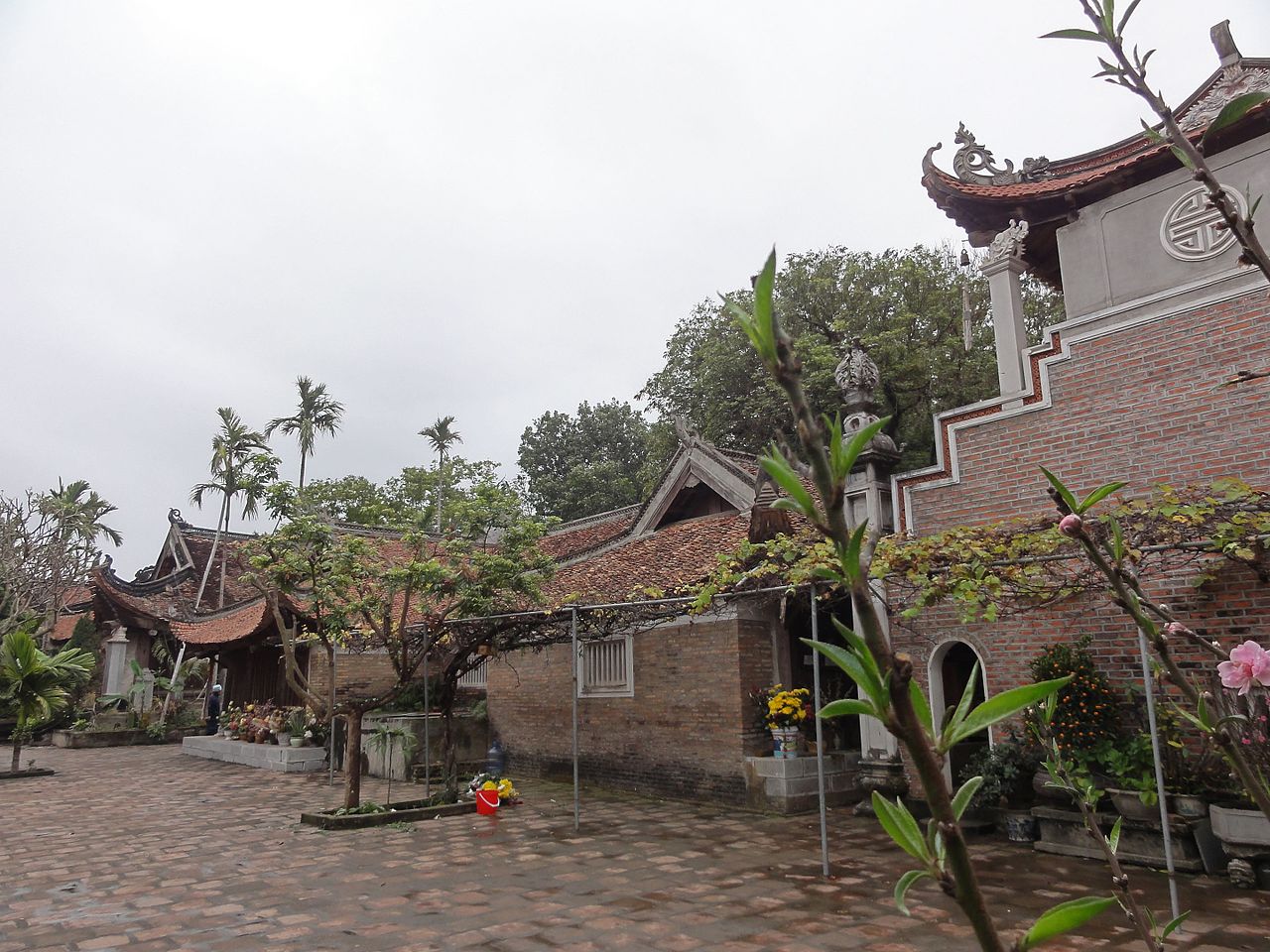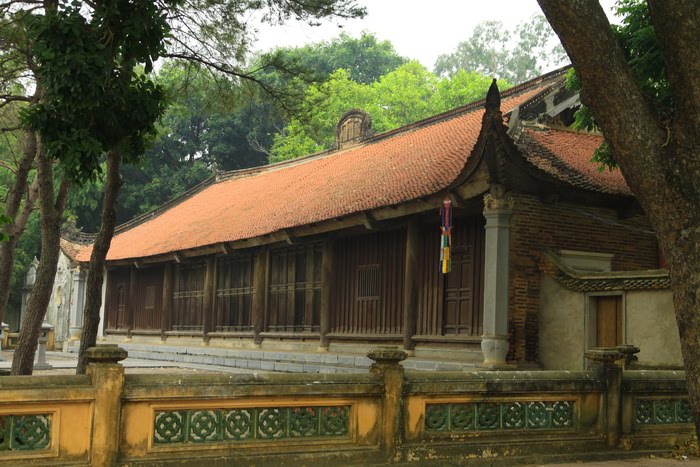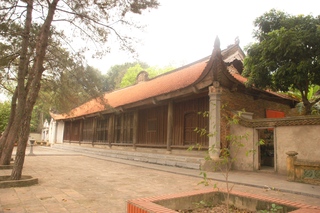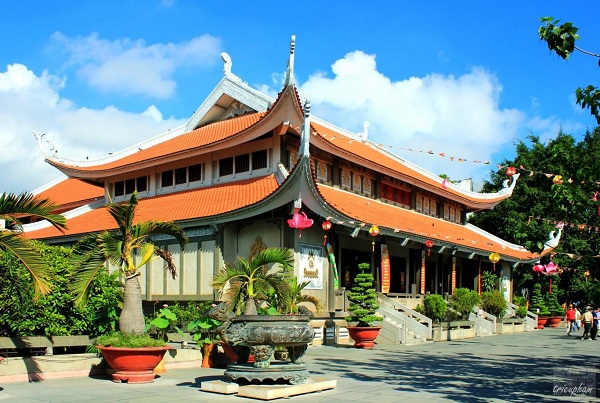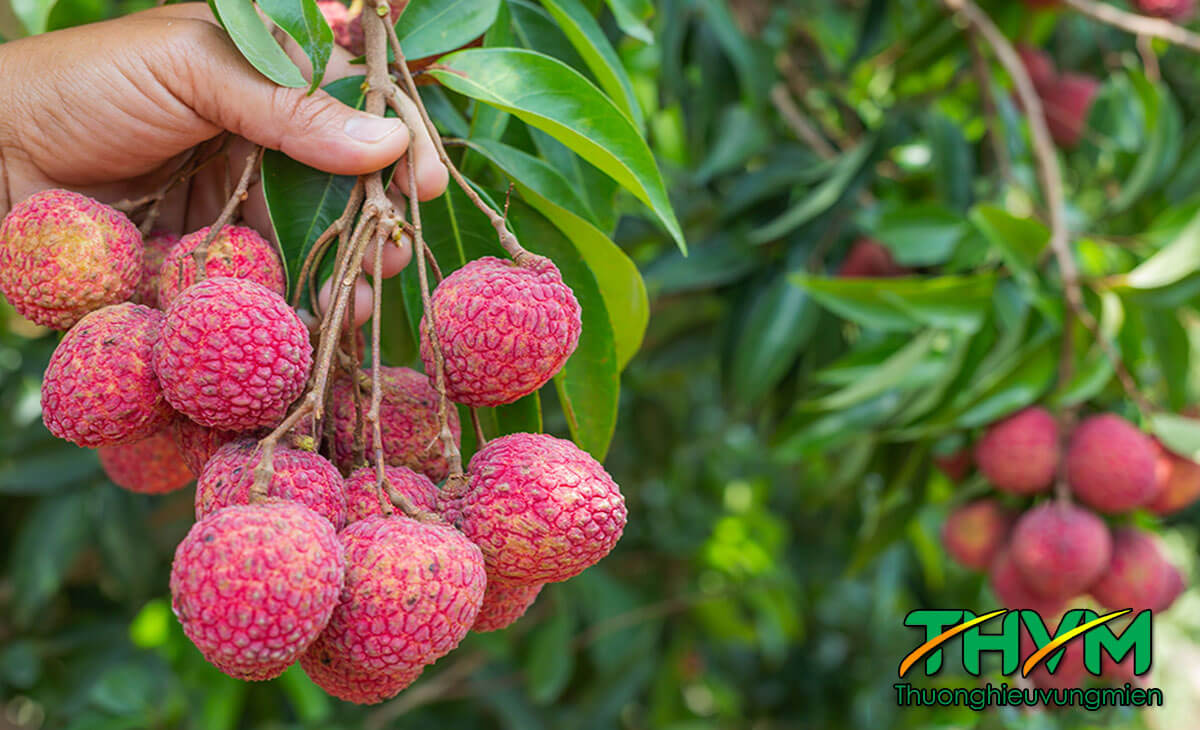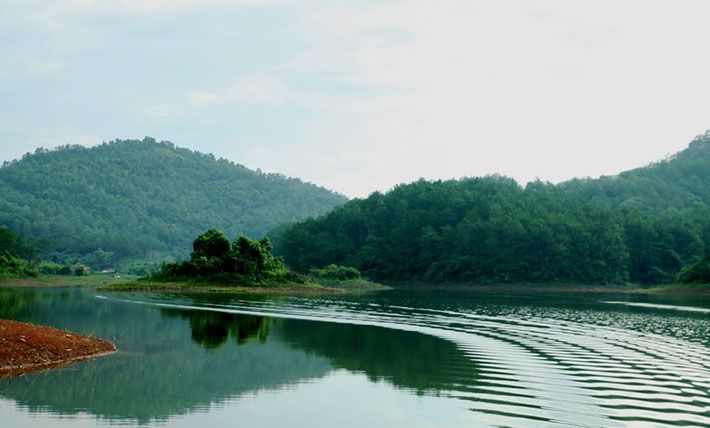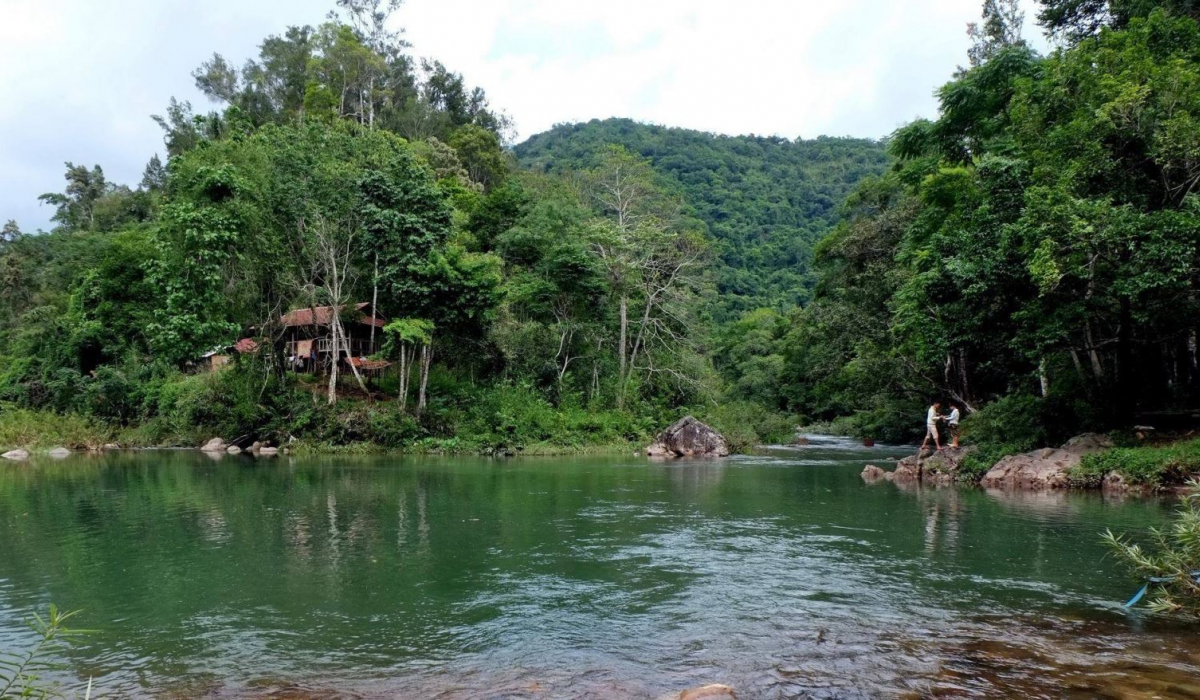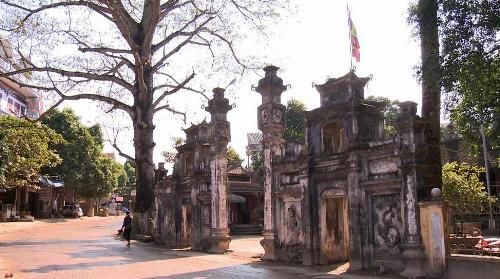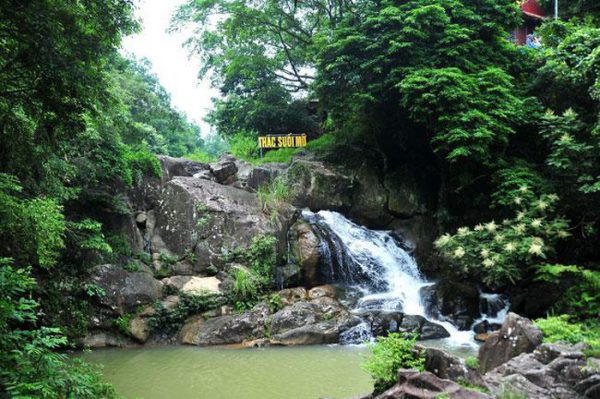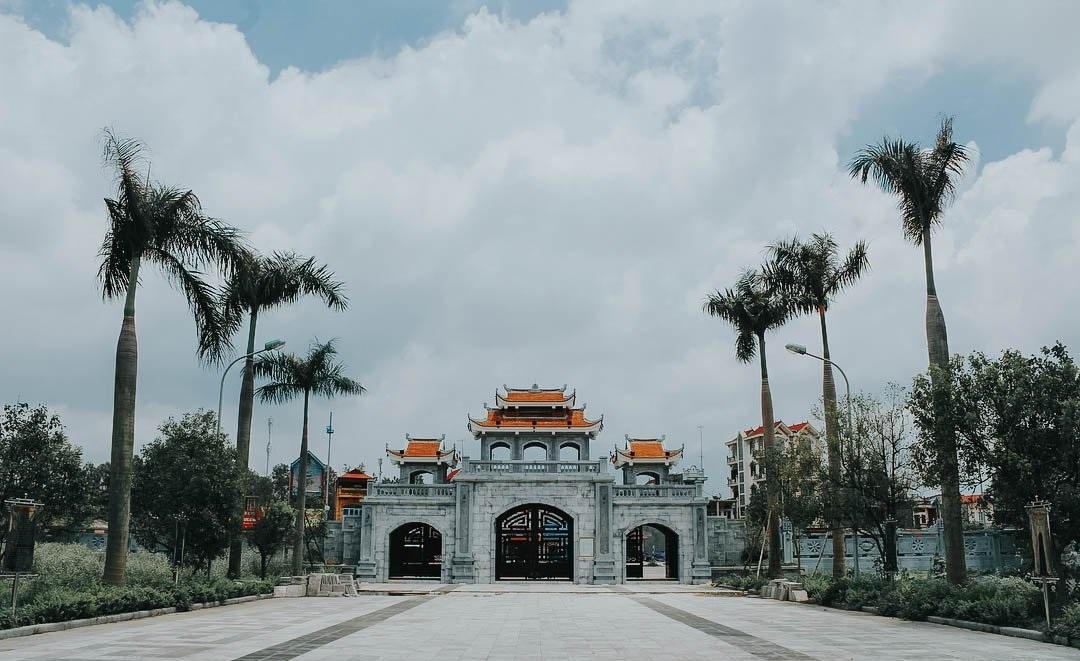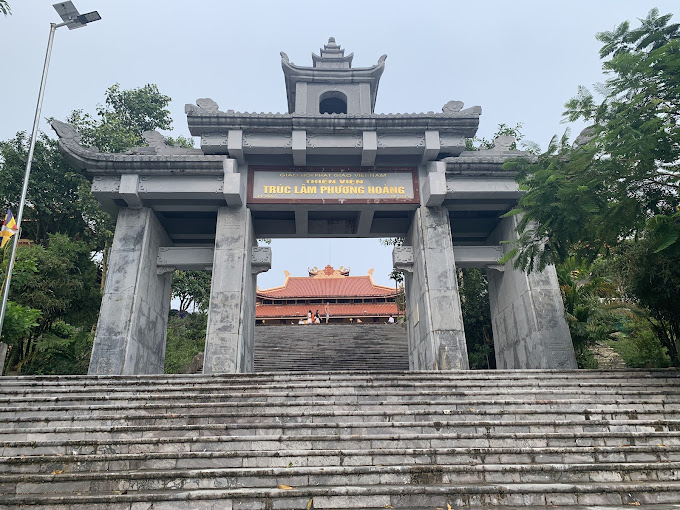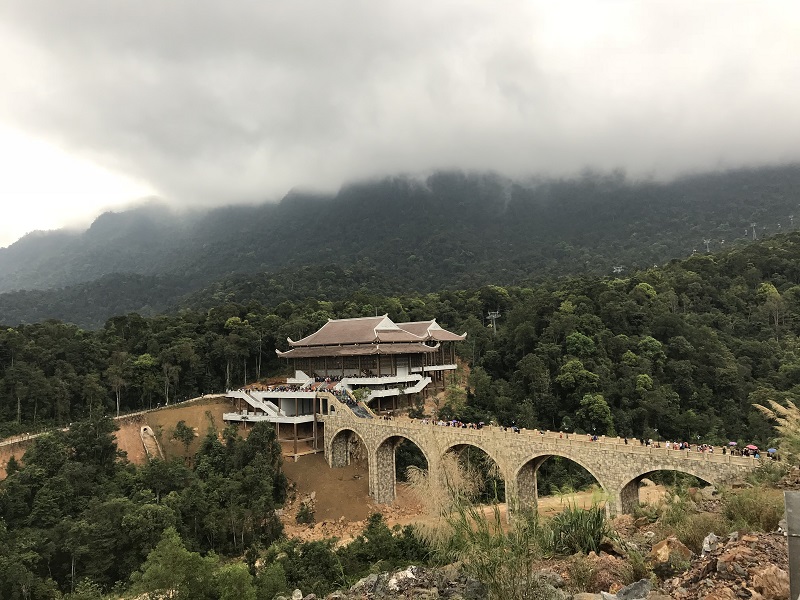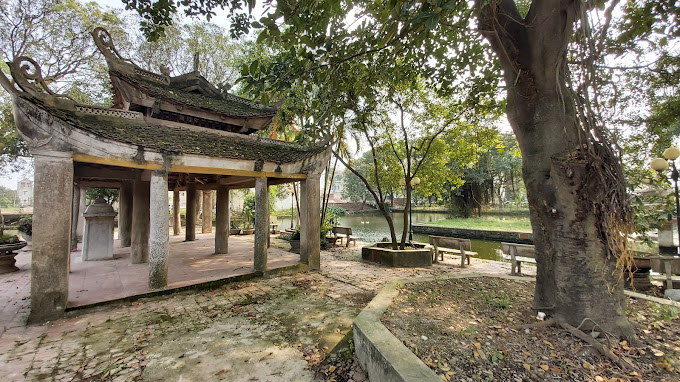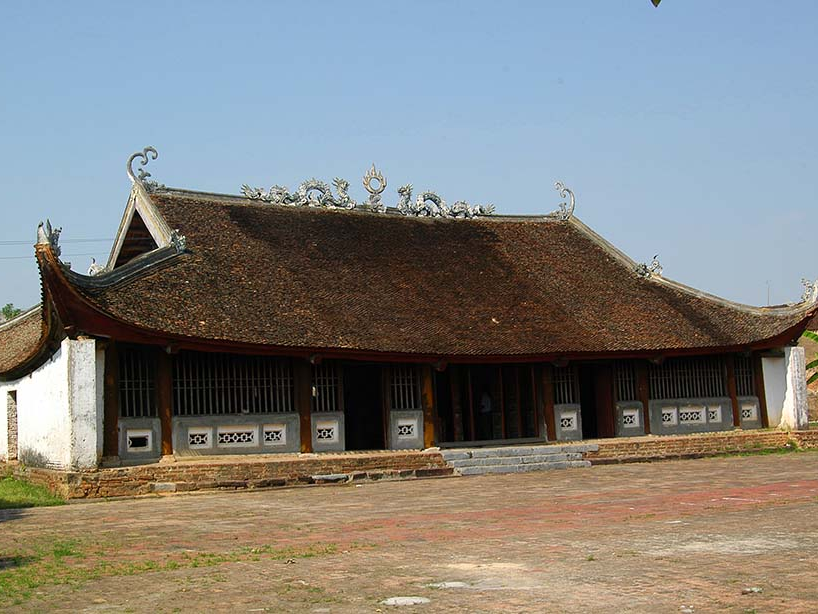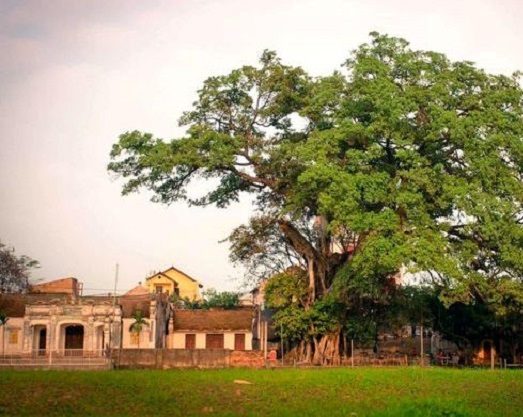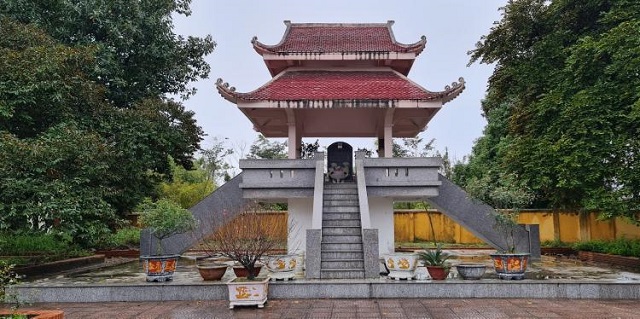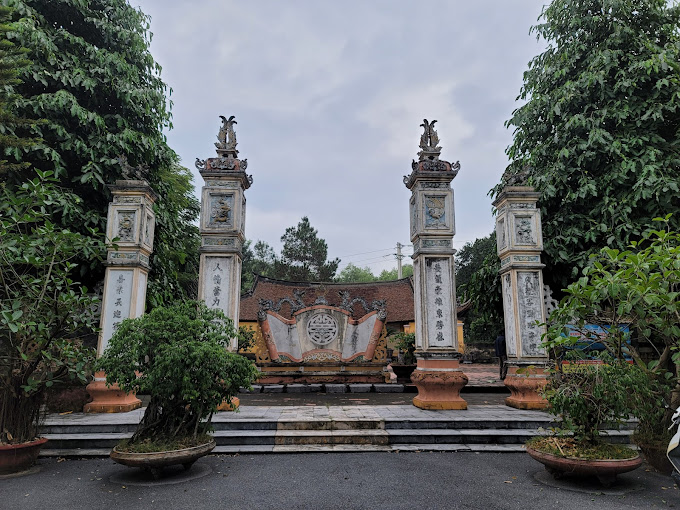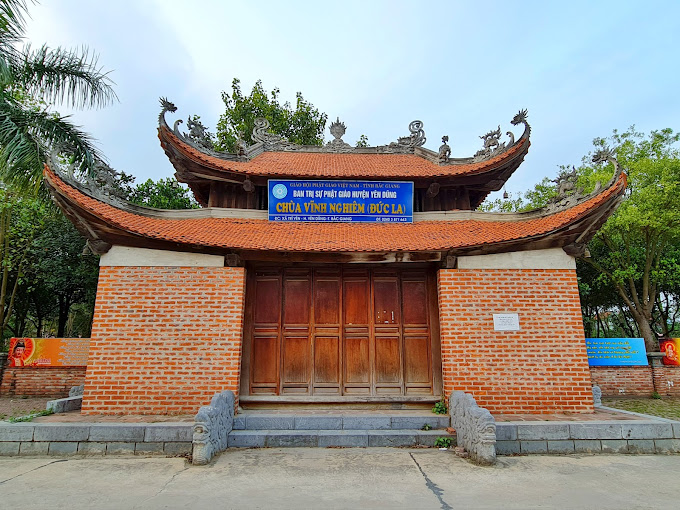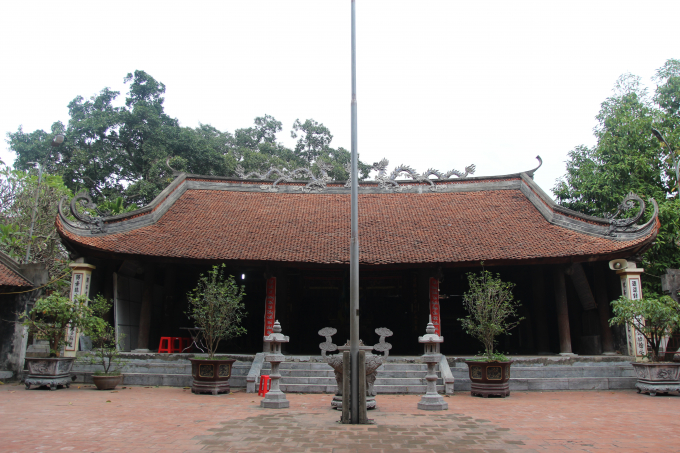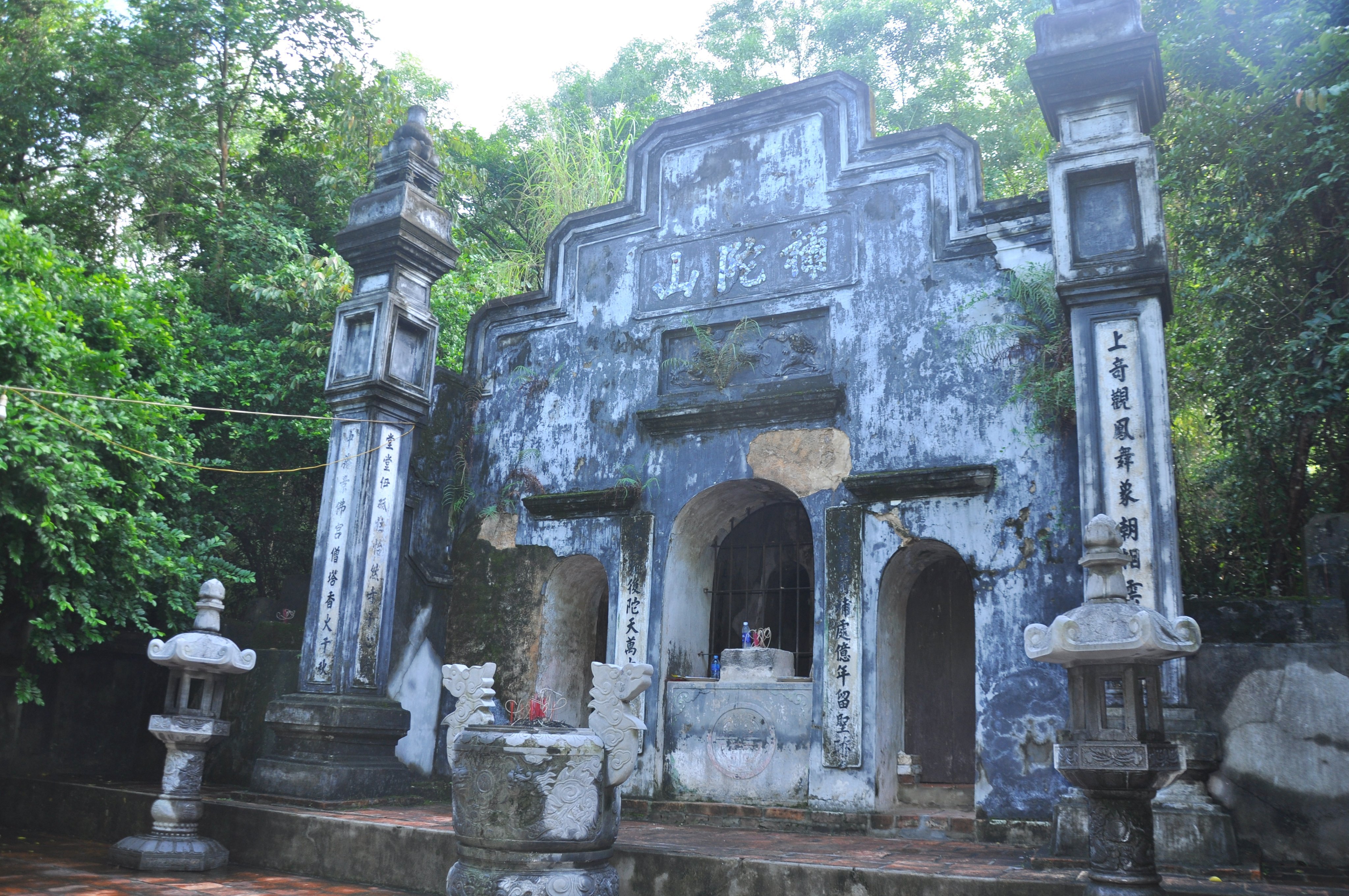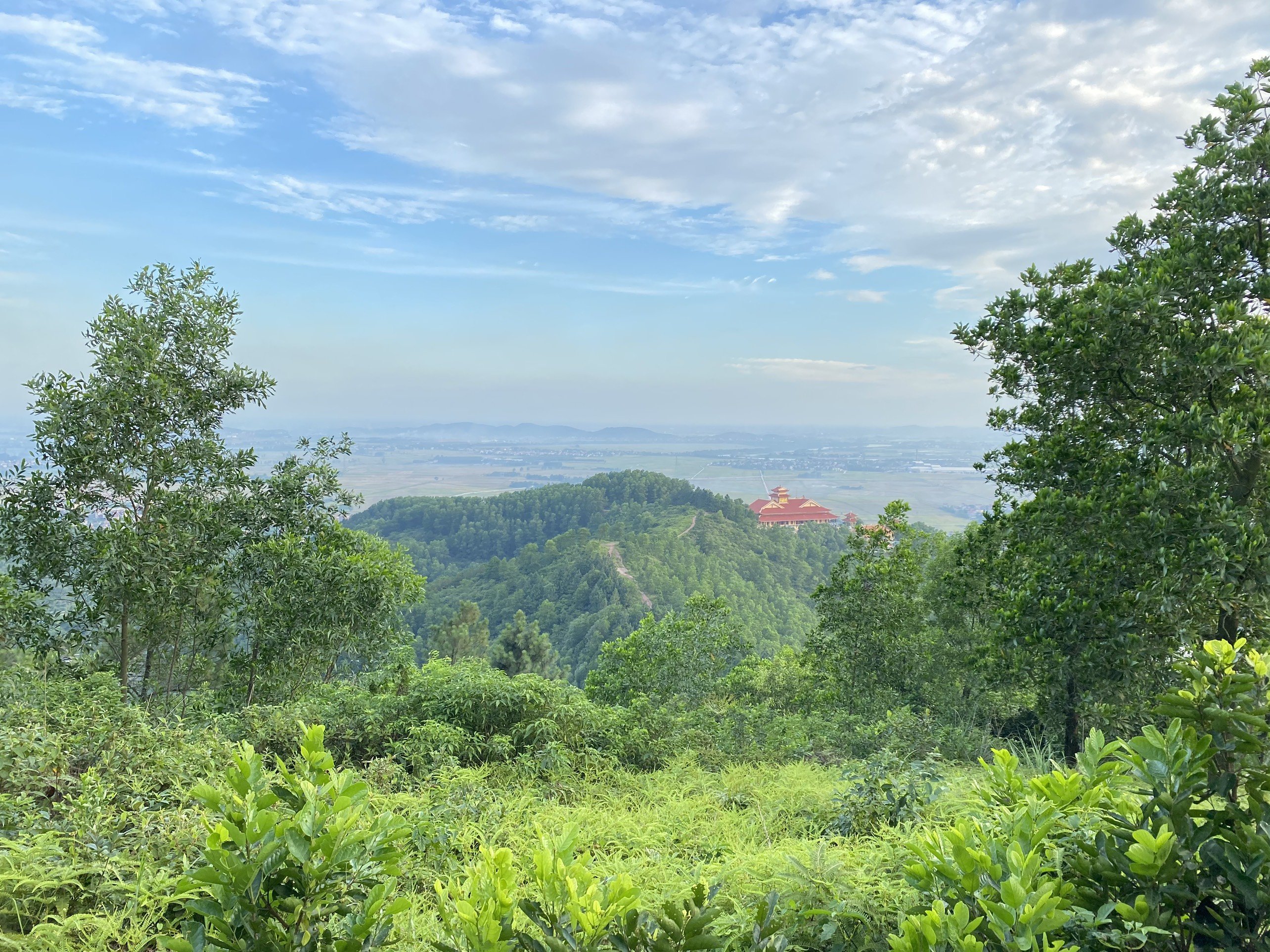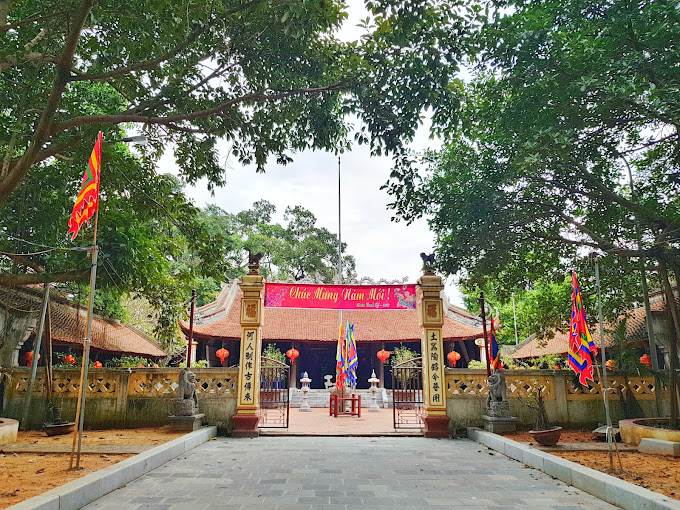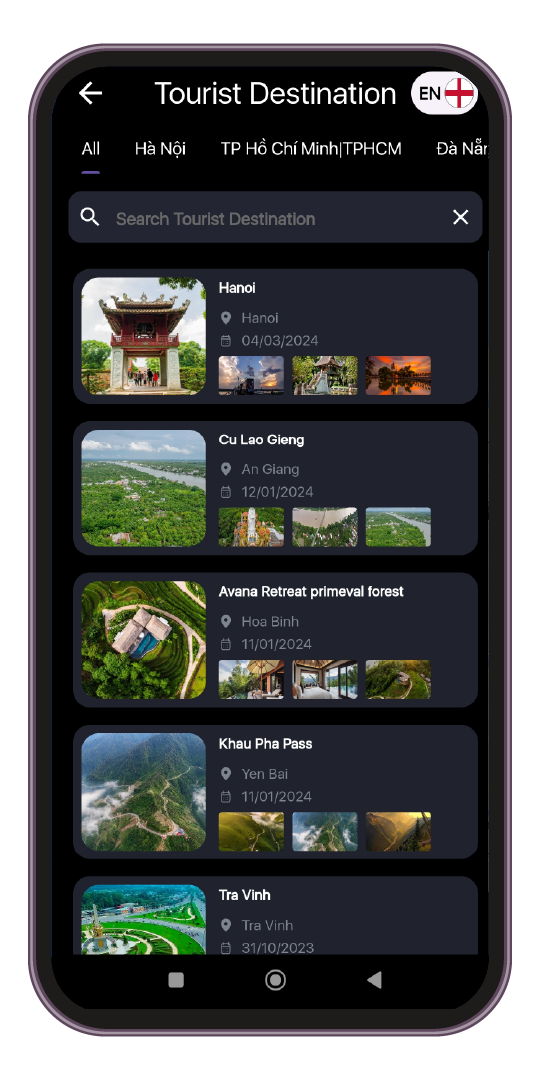Capital famous for its long -standing historical value, today, Bac Giang is also known and visited by famous tourist destinations. Not only prominent by the charming scenery and rich flora and fauna, the tourist destinations here bring a very wild but very well -groomed color that makes anyone want to visit. once. And if you are also a tourist and natural discovery lover, surely you cannot miss the opportunity to experience the conquest of the mountains in the famous West Yen Tu Nature Reserve in Bac Giang.
Yen Tu - a place associated with the old stories and the pristine rustic image is a high mountain range, the largest conservation forest in the Northeast. Located in the communes of An Lac, Thanh Son, Thanh Luan, Son Dong and Luc Son commune, Luc Nam district, Bac Giang province, Tay Yen Tu Nature Reserve is located in the Yen Tu mountain range, distributed at level From 200m high to more than 1,000m above the sea surface and have a complex high terrain. This is the main high mountain range within the Dong Trieu arc extended from Quang Ninh province to Hai Duong - Bac Giang and ended on the left bank of Luc Nam River. This mountain circuit is famous for two primeval vegetation, which is a multi -storey forest and dry forest. According to many sources, Yen Tu forest still retains a large forest resource and is one of the few forests that are still eligible to build a large natural inventory with an area of over 17,000 hectares and the total amount of wood. reaching nearly 1,000,000m3. Currently, this Yen Tu forest area still retains intact wild features, partly thanks to the rugged terrain, causing the difficulty in accessing, especially the waterfalls and steep roads. Tall and many gravel are difficult to penetrate. According to the results of the investigation, the original in Yen Tu forest area has 728 species of plants and 226 animals, of which there are dozens of species of plants and animals of the rare and rare type. In Vietnam Red Book is in danger of extinction. Some examples of rare and precious forest plants are very famous as species: Po mu, nails, lim, cheeses, mahogany, slices of flowers, frankincense, bamboo pine, pine, green lim, small leaves .... Rare medicinal herbs such as Sa Nhan, Hoang Tinh with wings, Ngu Gia packaging, crow's feet, beard, white flower, three jacks, Sa Nhan .... Along with that, the West Yen Tu Nature Reserve also has some very characteristic forest animals such as leopard, cu li, black langur, wolf, horse bear, yellow monkey, golden deer, paint, period, period Da, large squirrel, chicken money, pheasant, yellow turtle, king cobra ... The system of organisms and land in Yen Tu area is generally not identical. The most prominent is the area where there are many slots plunging down the cliffs to create large waterfalls, such as: Gold waterfall, Giot waterfall , .... The image of the painting of the painting is mixed with a small water source, mainly wet only at the bottom of the slot, so the trees only grow along the along the slots that are almost not in the mountainside. Panoramic view, Yen Tu is a large mountain range, a paint name of the Northeast. West Yen Tu Nature Reserve is known for many rare and precious forest flora and animal genes, which are characterized by the Northeast of Vietnam, something that many other nature reserves do not have. It is also because of this that the government units and tourism companies always need to continue investigating, evaluating and protecting at the maximum of the existing dynamic and flora systems, to partially complete the real portfolio. Animals and animals are partly detailed to preserve and develop ecological carpets here.
Yen Tu is a famous place with bold culture and Buddhist substance, a place to preserve and preserve historical sites from thousands of ancient generations, so thanks to the experience of exploring the nature conservation of Tay Yen Tu, Visitors not only admire the beauty of pristine mountains but also have more understanding about the history of Vietnam for thousands of generations. In the territory of Tay Yen Tu Nature Reserve, there are many famous victories recorded by the ancient history books, gathered into a large population and most, the relics located in Bac Giang province are areas. Ancient relics, dating back to the Ly - Tran dynasty. Because of that, Yen Tu is always famous as a population with historical and cultural monuments with bold Buddhist colors founded by King Tran Nhan Tong in our country's history. Thus, the West Yen Tu Nature Reserve is a place with all factors of scenery, society, history recorded by history books with majestic environmental landscapes, forest trees are quite intact and less intact. devastated. It can be said that this is a charming place, famous paint. In addition, this is also a very crucial forest area of Bac Giang province, has a great effect in protection, environmental landscape and scientific research and in particular, Tay Yen Tu Nature Reserve is also the location Great travel for nature lovers and spiritual travel. Spring or summer is the most ideal time to experience the wonderful atmosphere at the West Yen Tu Nature Reserve:
In the spring, especially after Tet, at the West Yen Tu Nature Reserve, there are many festivals with many unique activities with cultural identity so that you can participate.
If you visit here in the summer, you will be able to participate in many tours. Especially, although in the summer, on the West Yen Tu Nature Reserve, the air is always cool and pleasant, so you are completely assured to visit. For West Yen Tu Nature Reserve, you should especially avoid visiting in the rainy months from August to November every year. Because here, the rainy days will make the road to Yen Tu more difficult and more dangerous, which greatly hinder moving and playing. The weather should be paid attention if you really want to travel to Bac Giang at this time.
The journey to explore the Western Yen Tu Reserve is an impressive experience, where visitors are not only fascinated by the majestic beauty of the mountains but also immersed in the spiritual atmosphere and unique culture. Through each step, visitors will better understand the long history and the nature conservation value of this area.
Bac Giang
391
view
From January to June.


 vn
vn en
en ja
ja ko
ko zh
zh


















